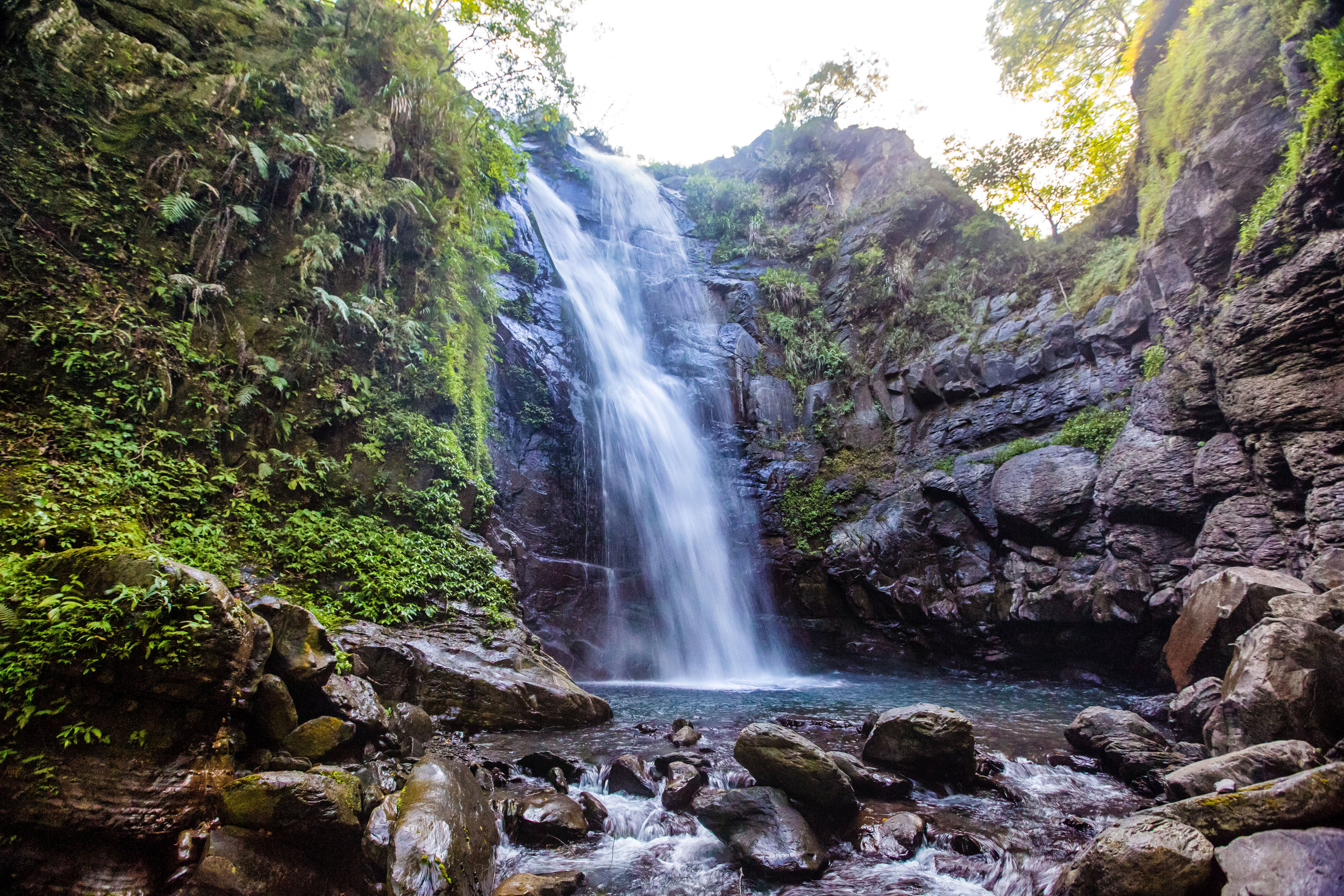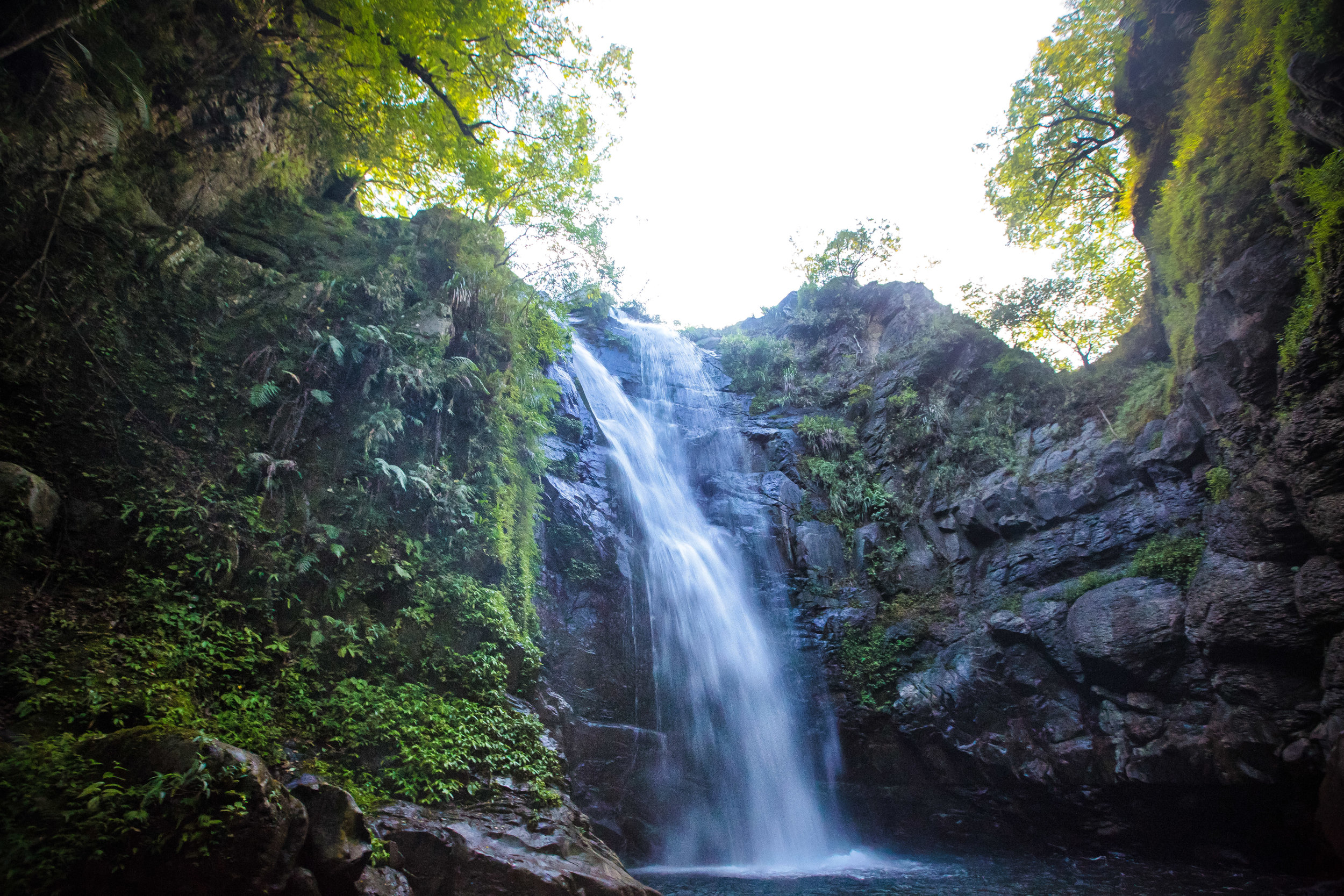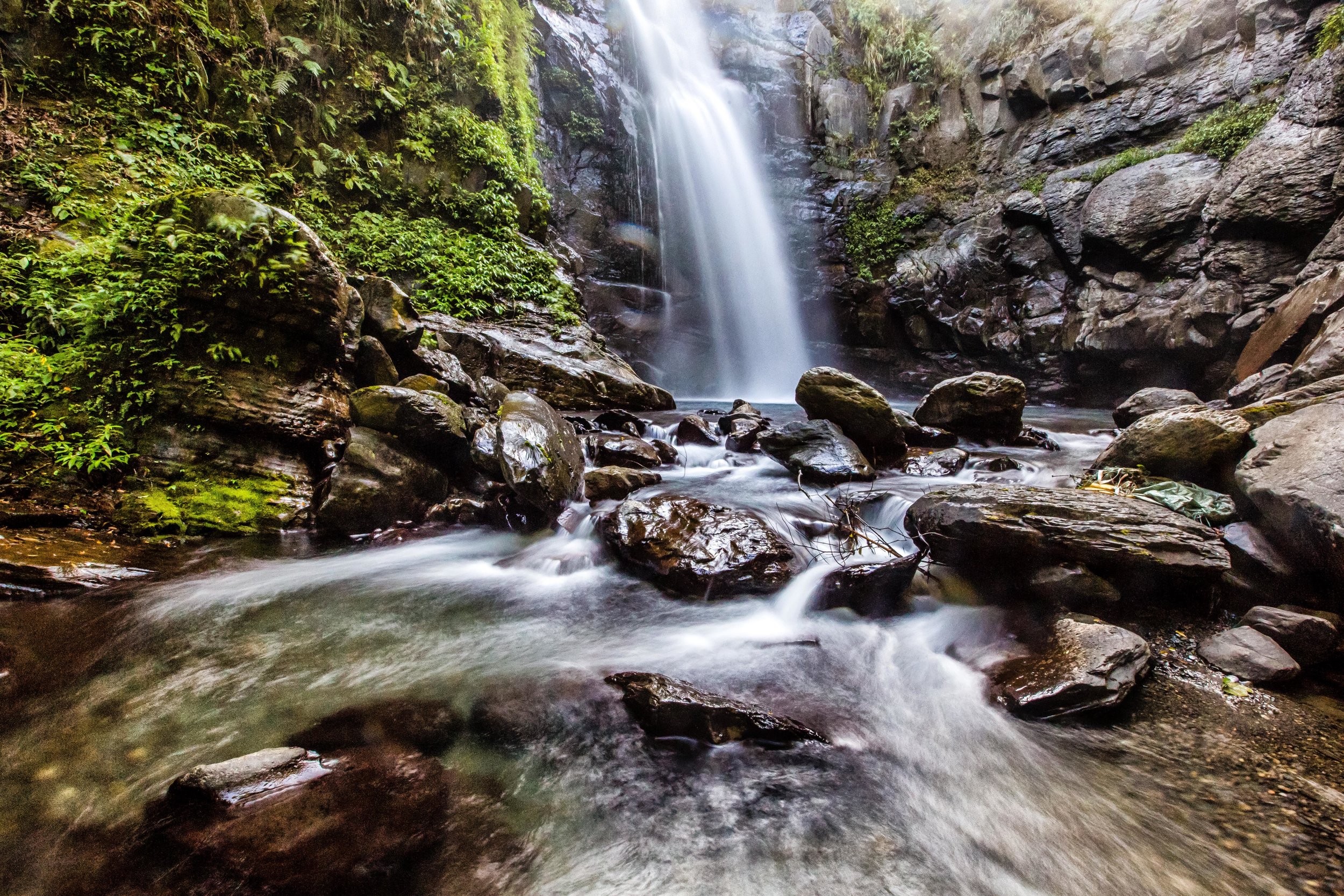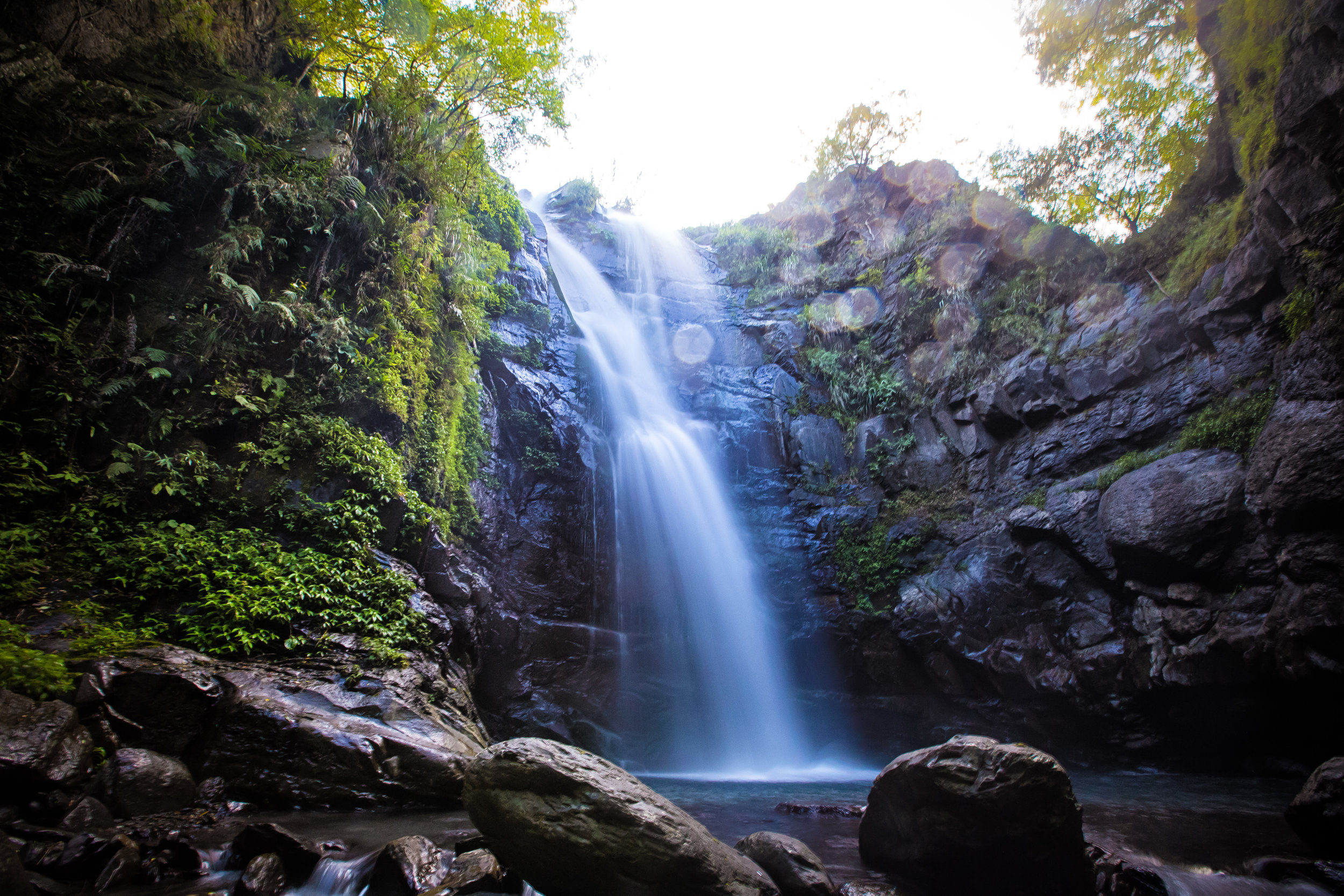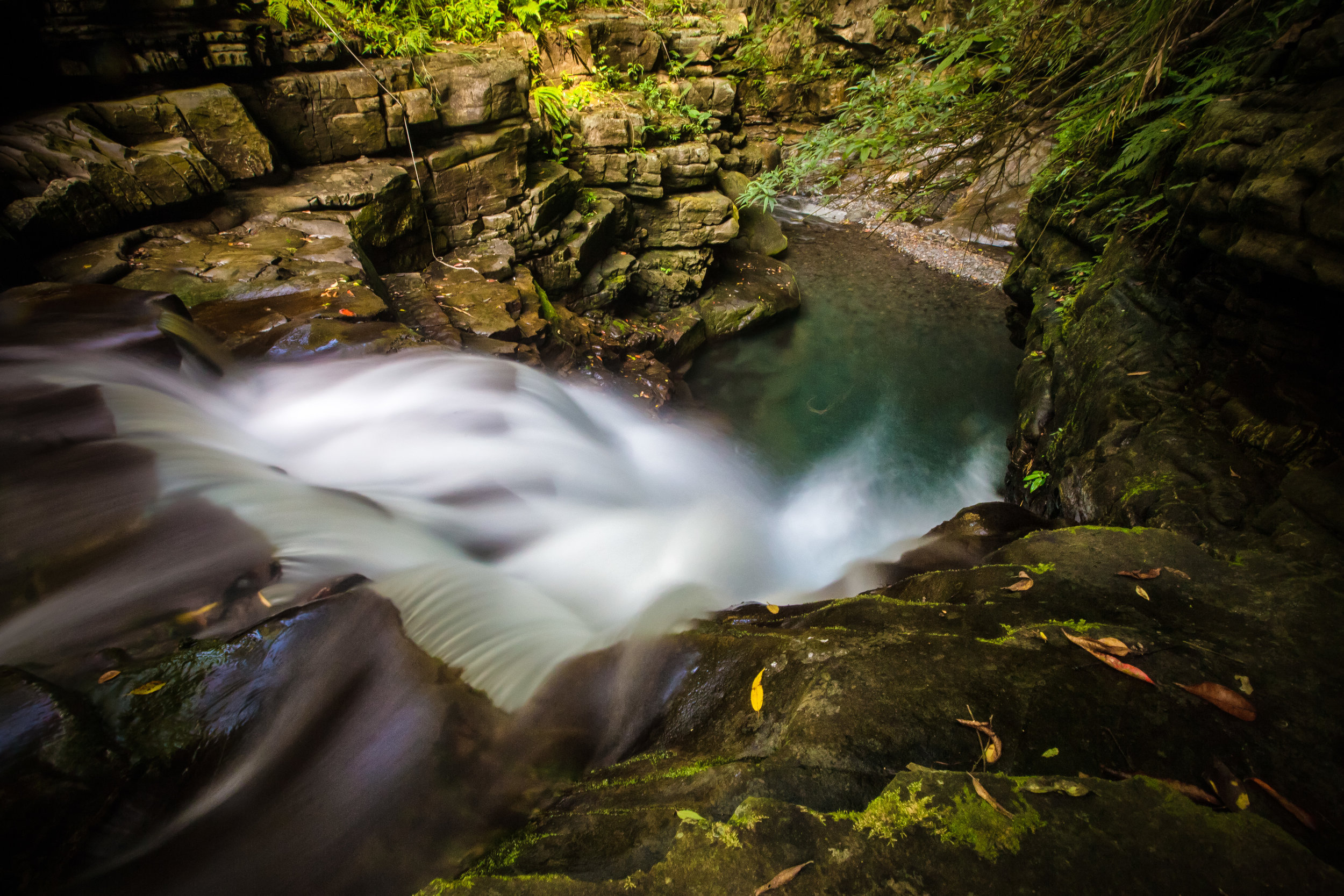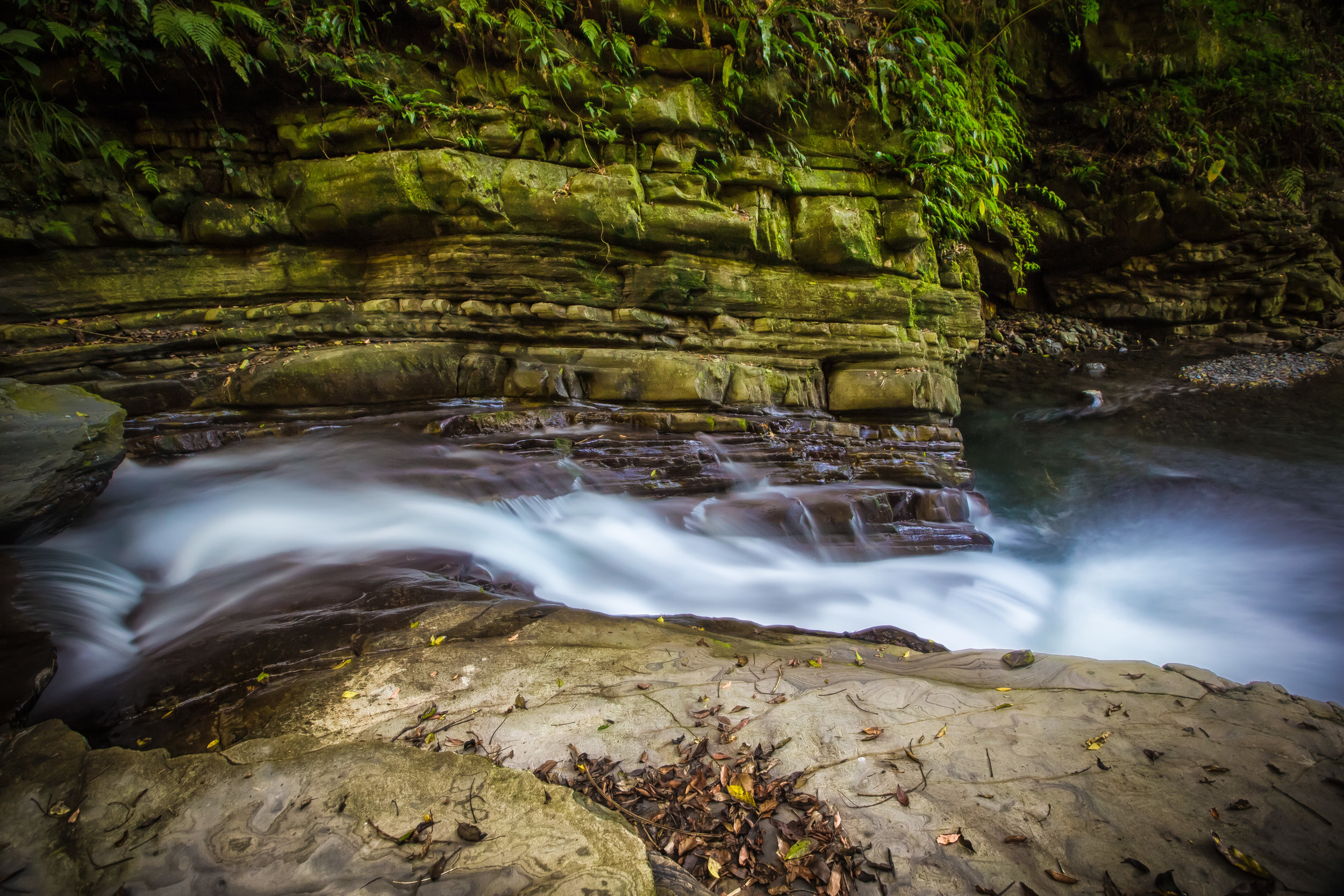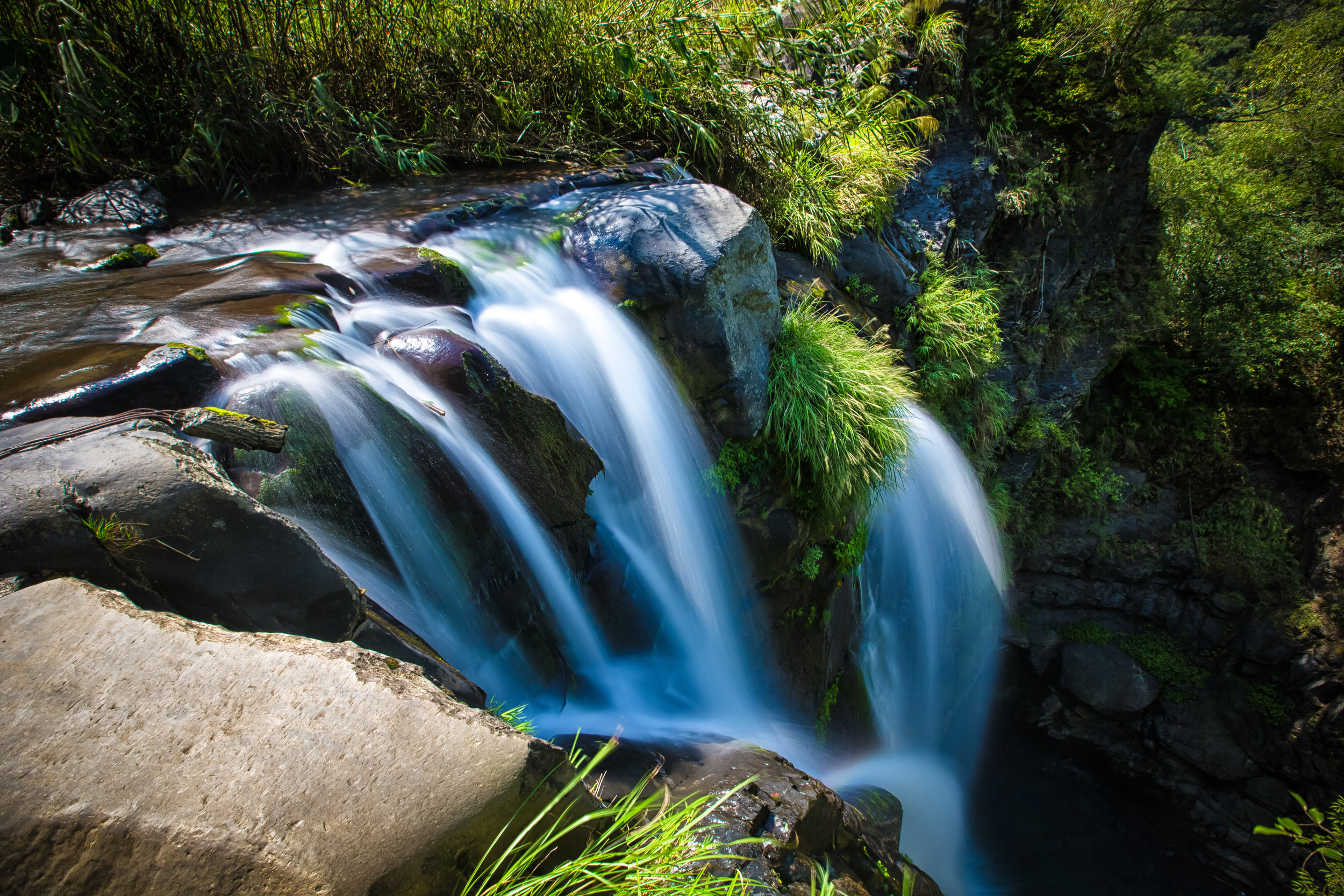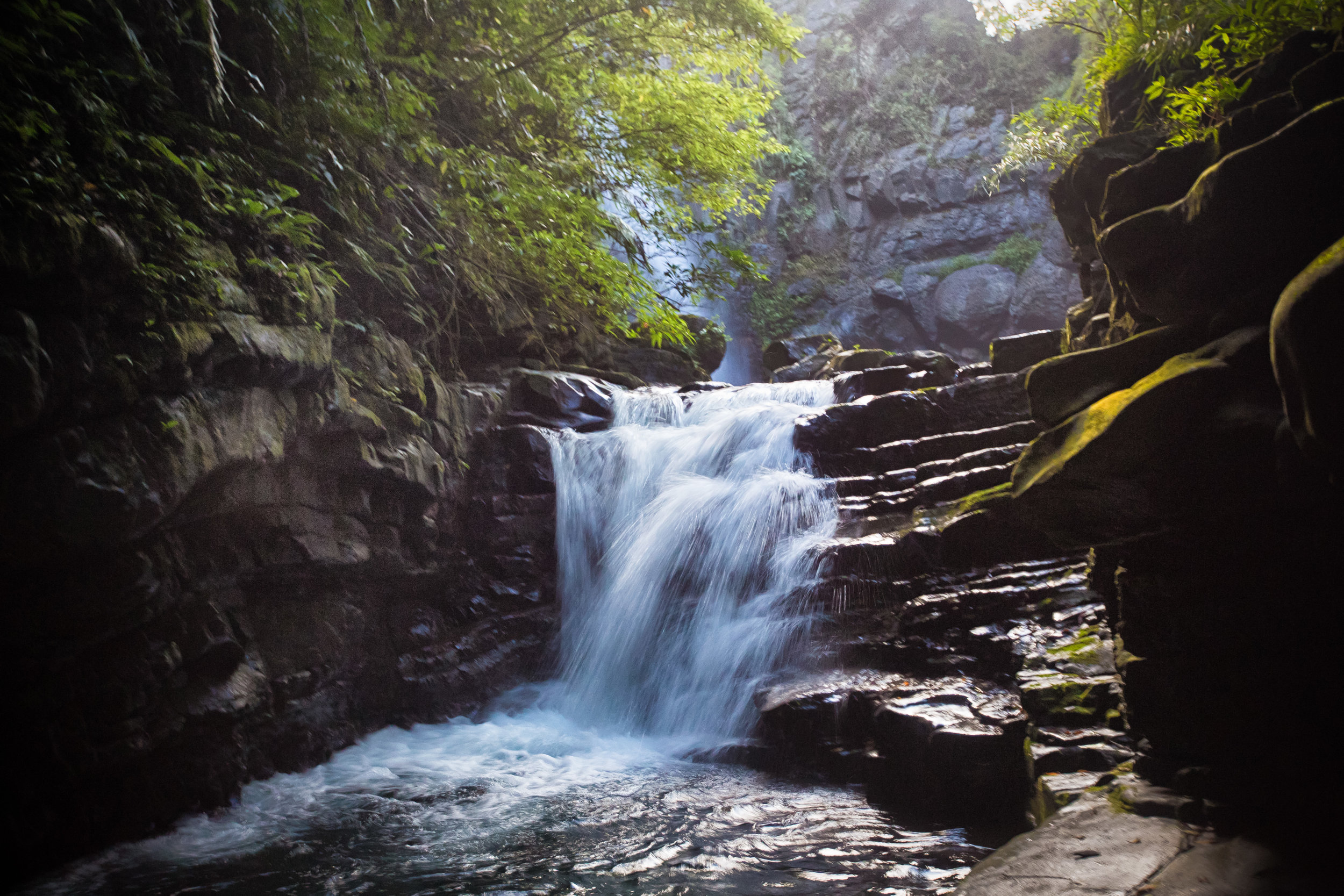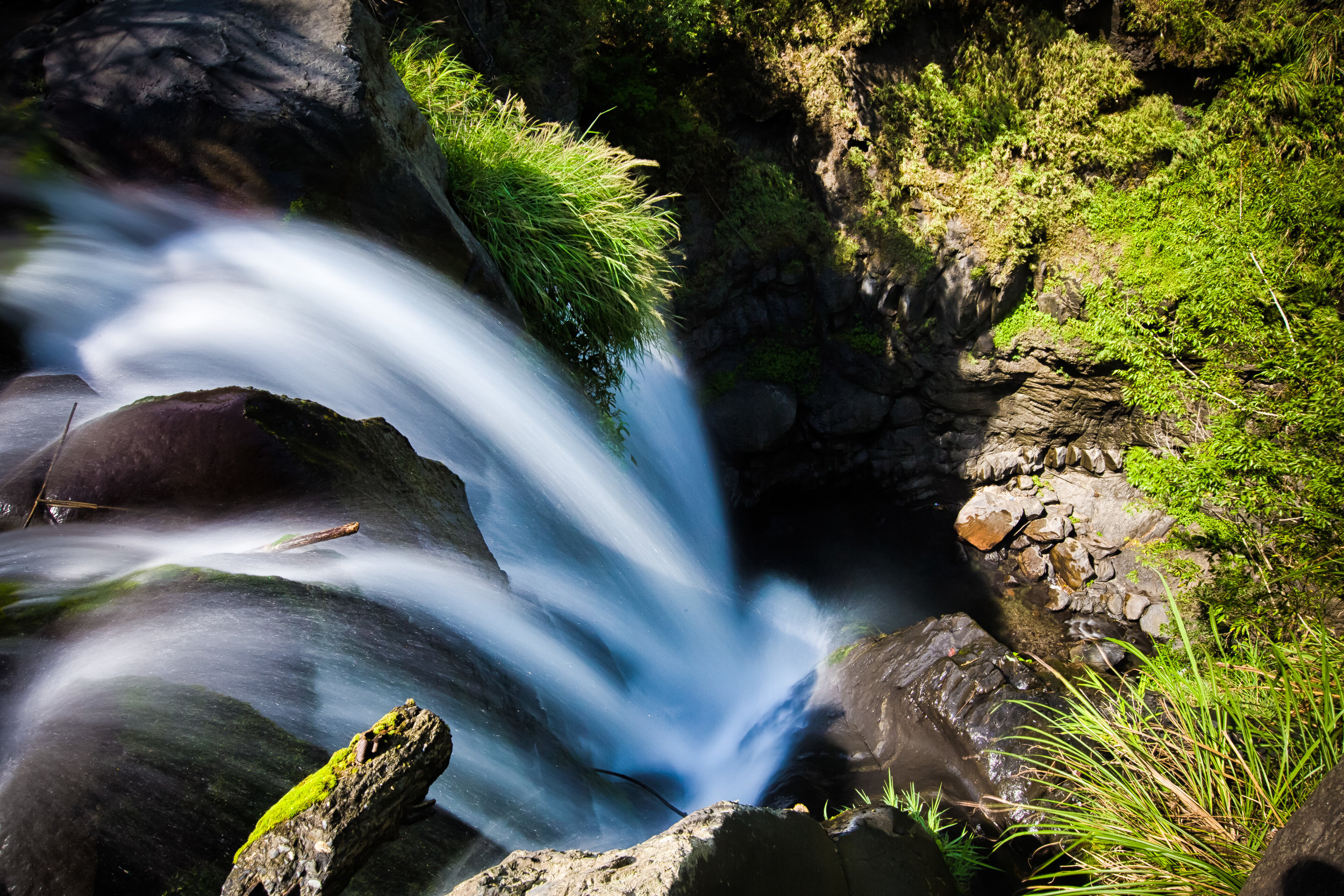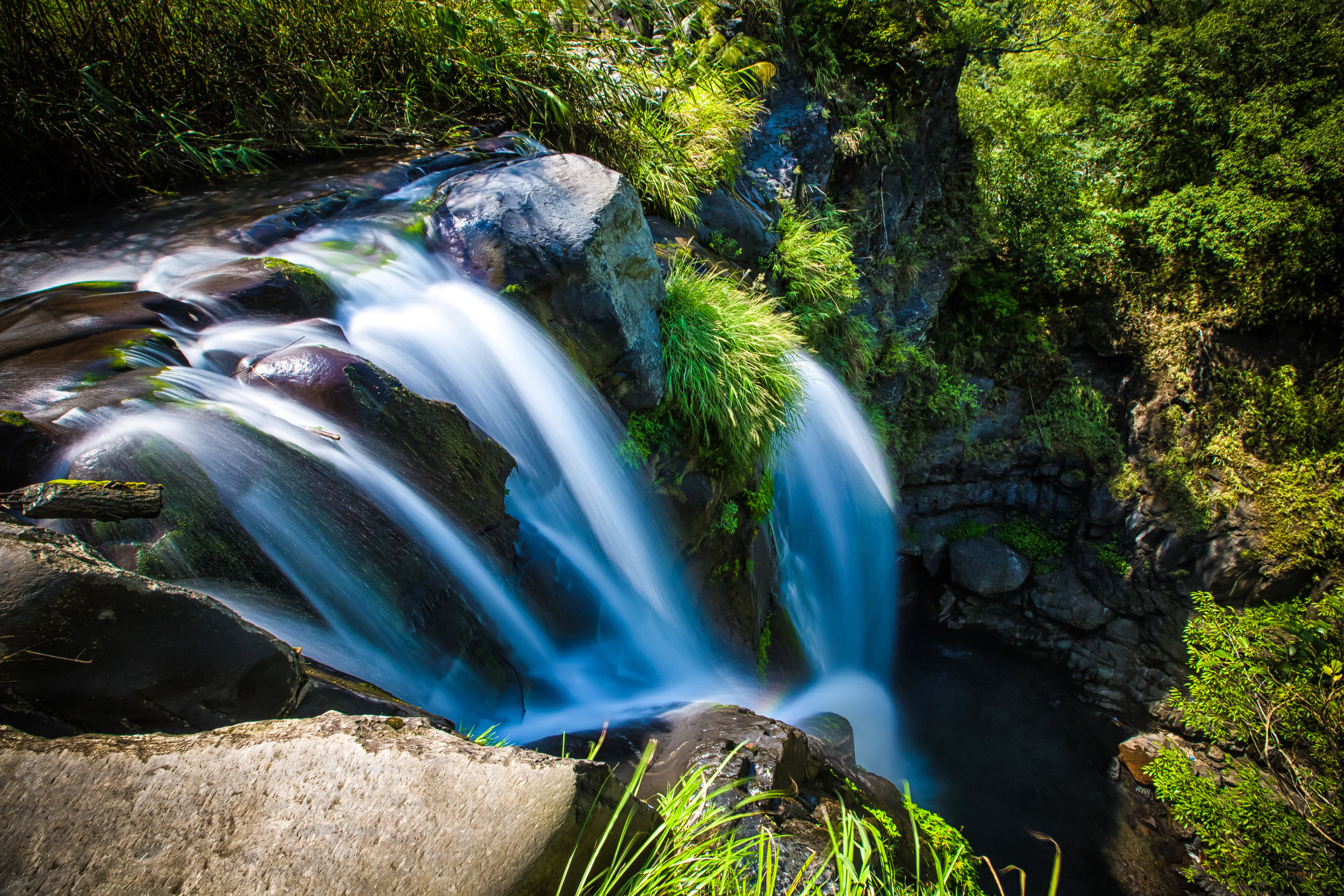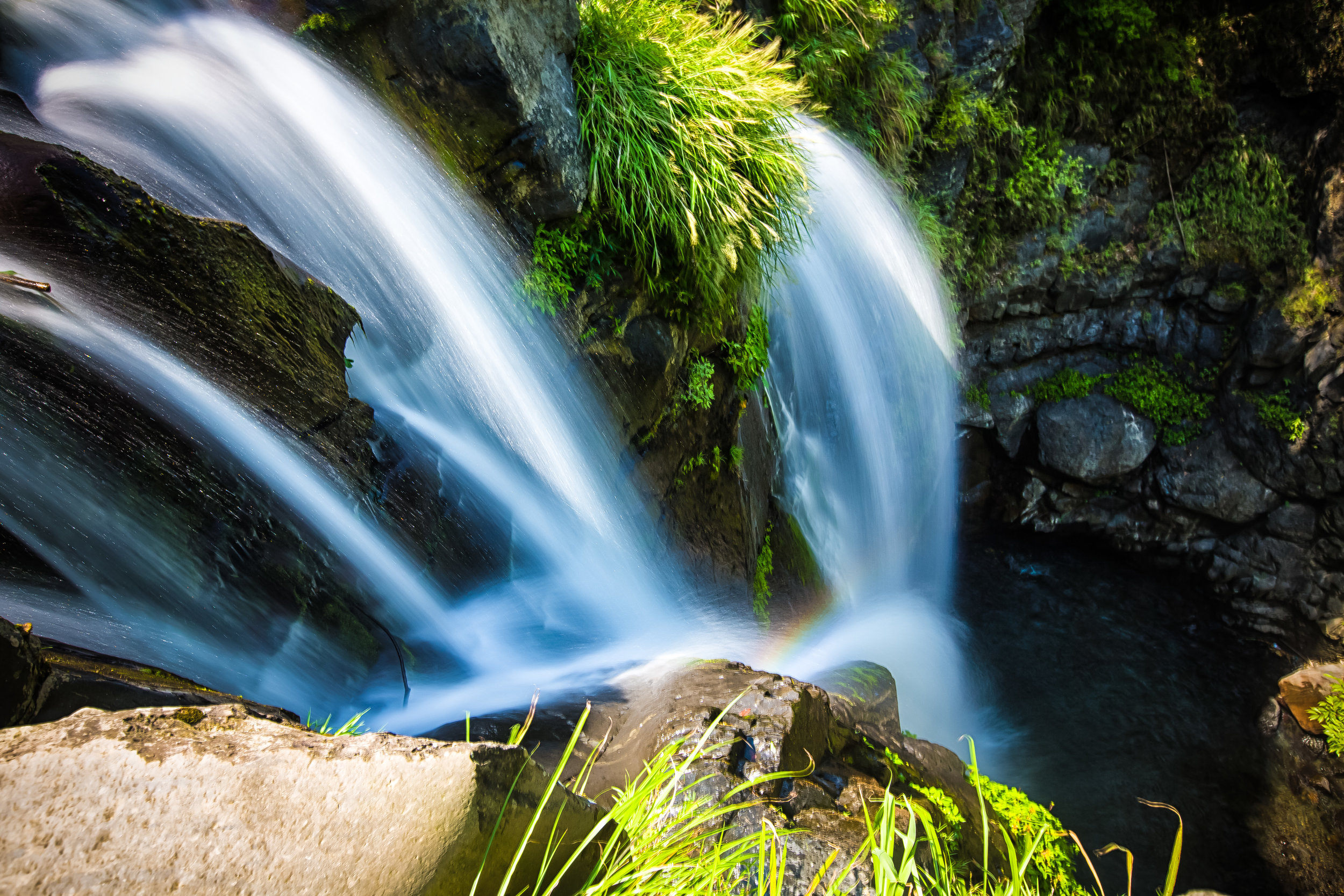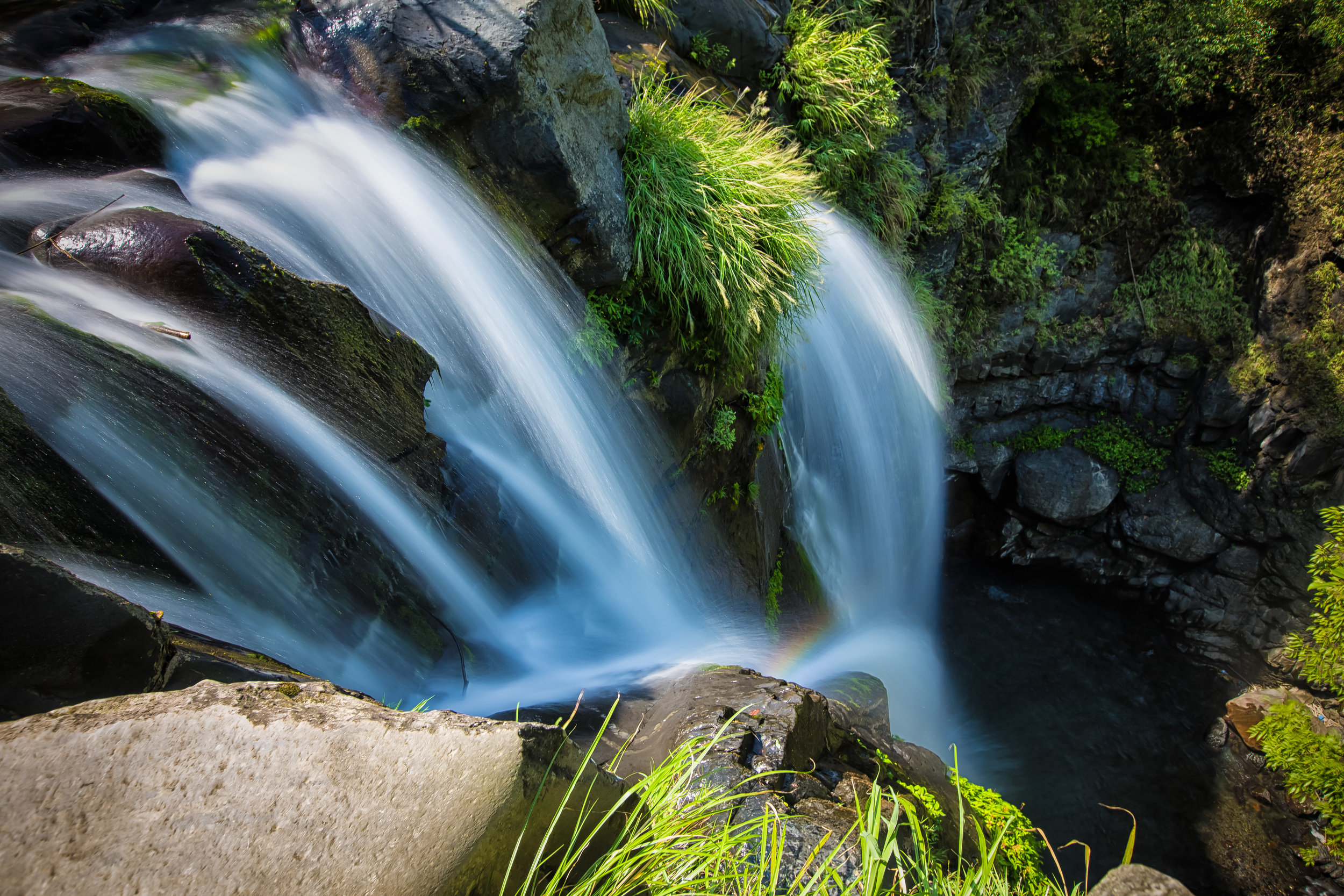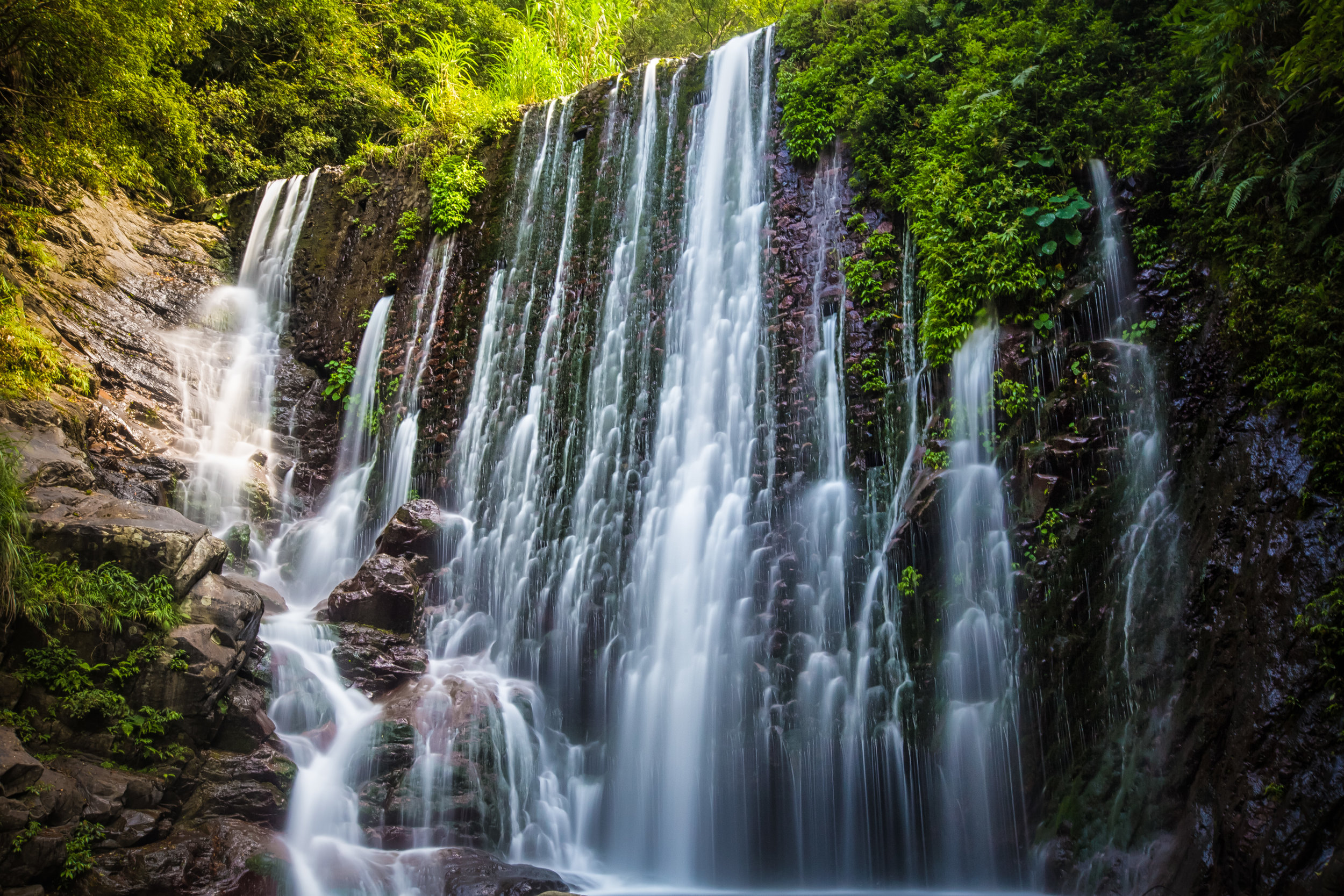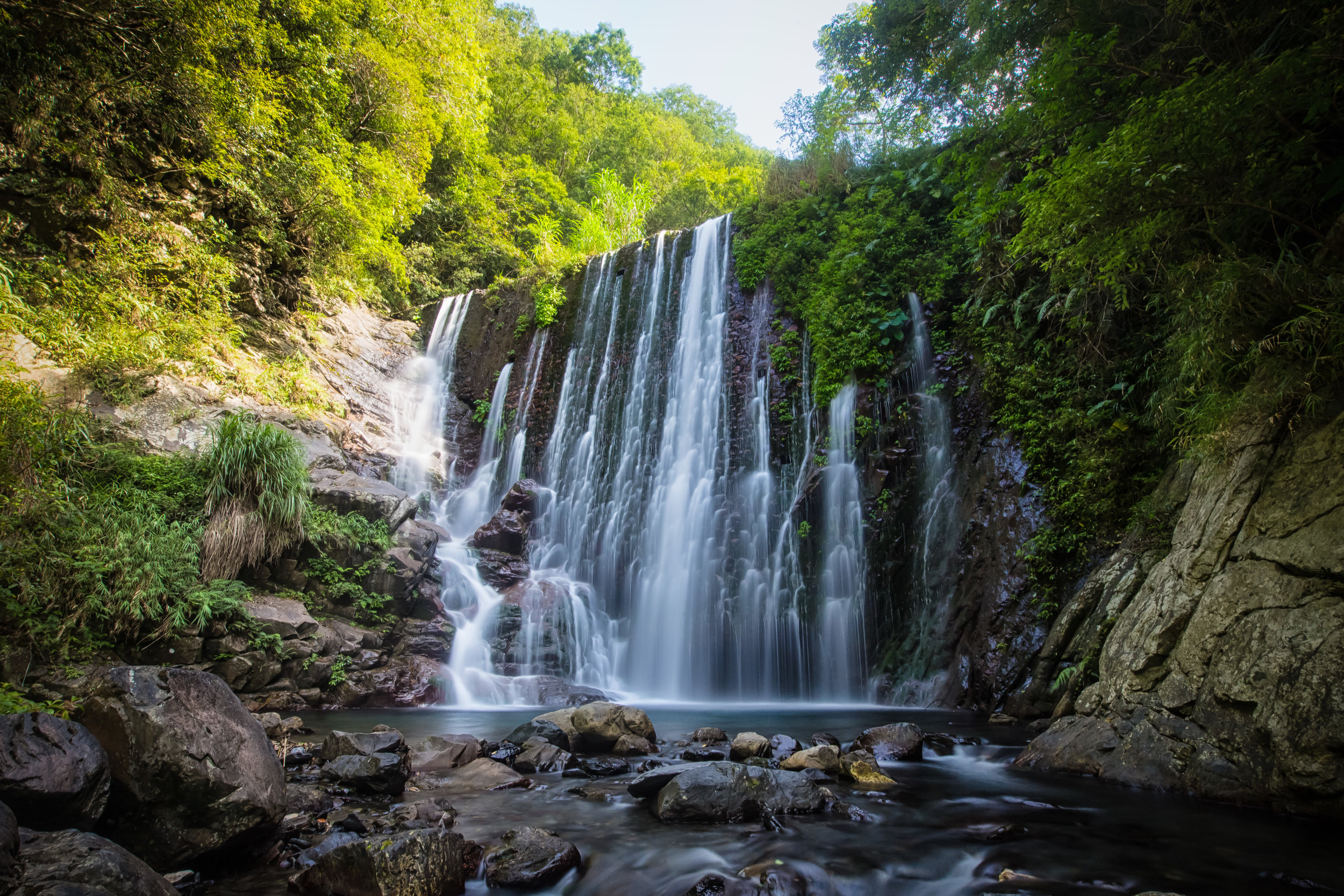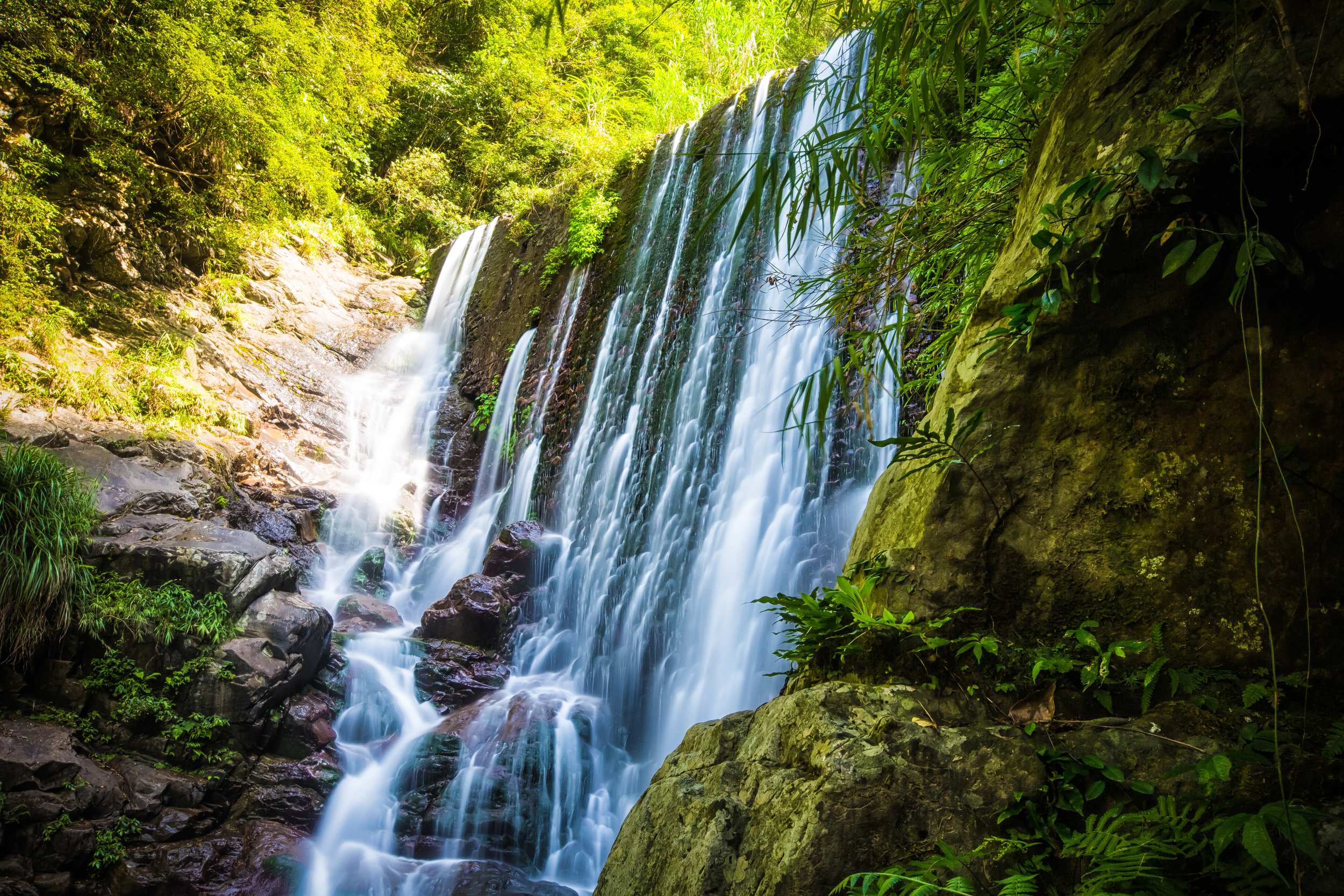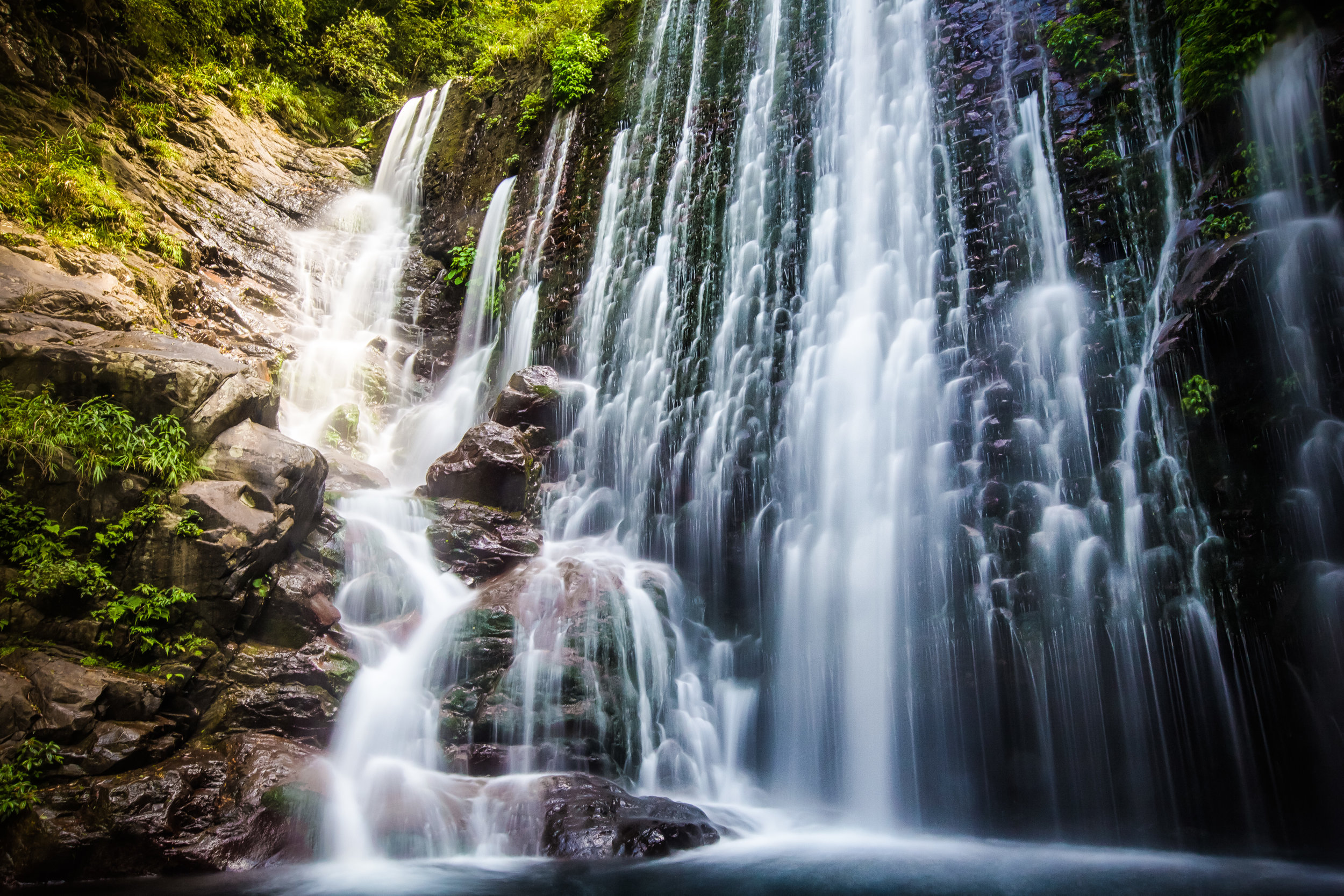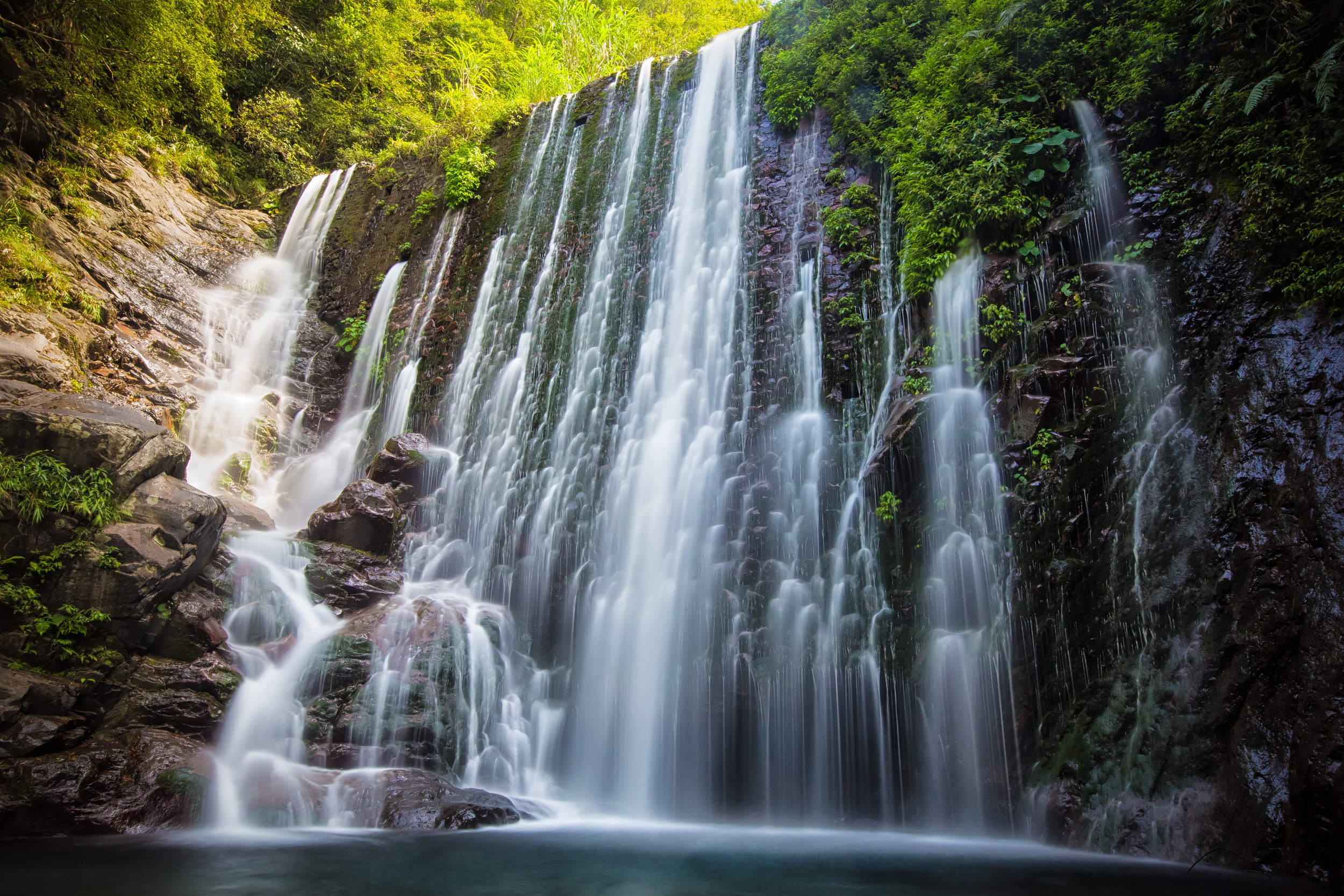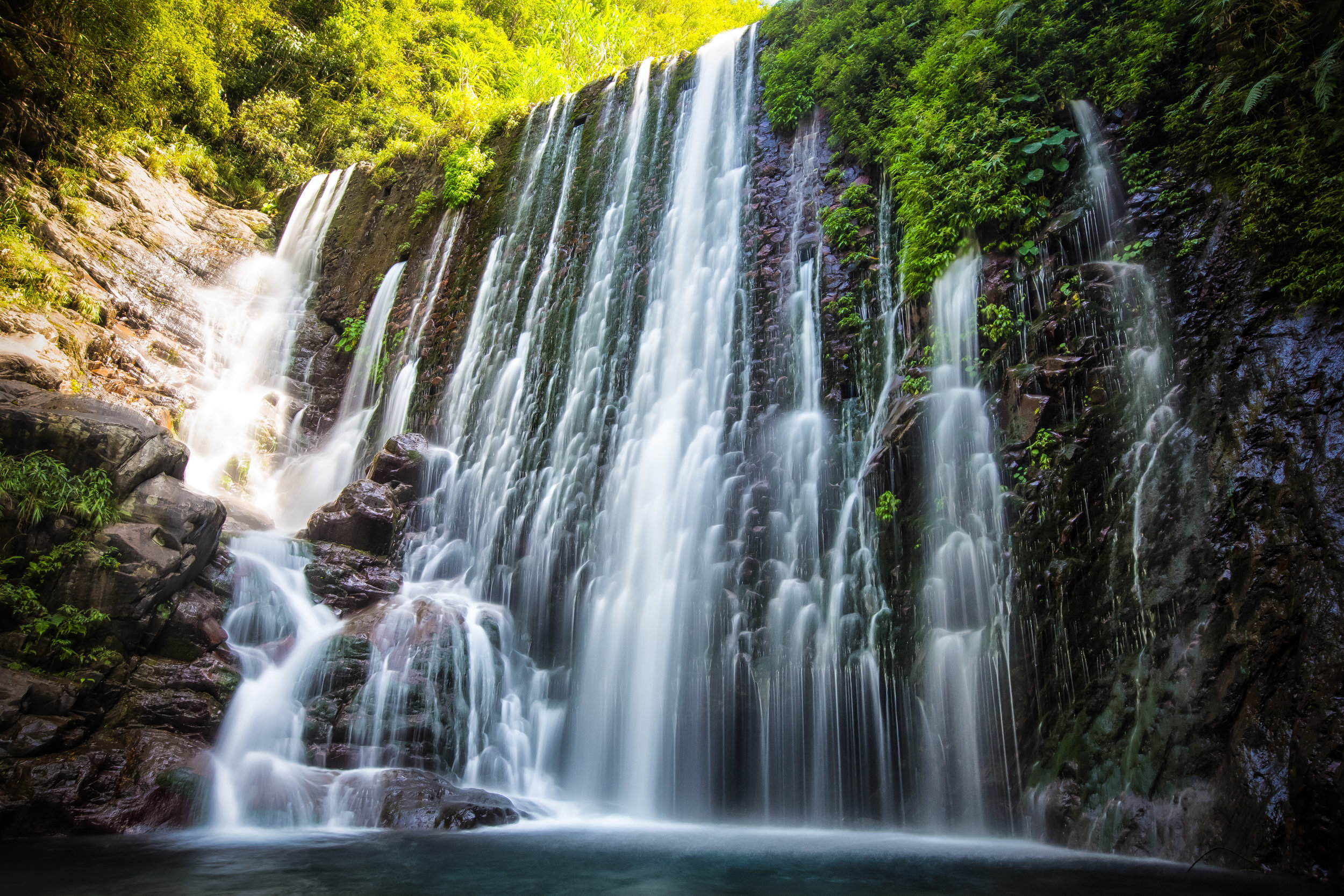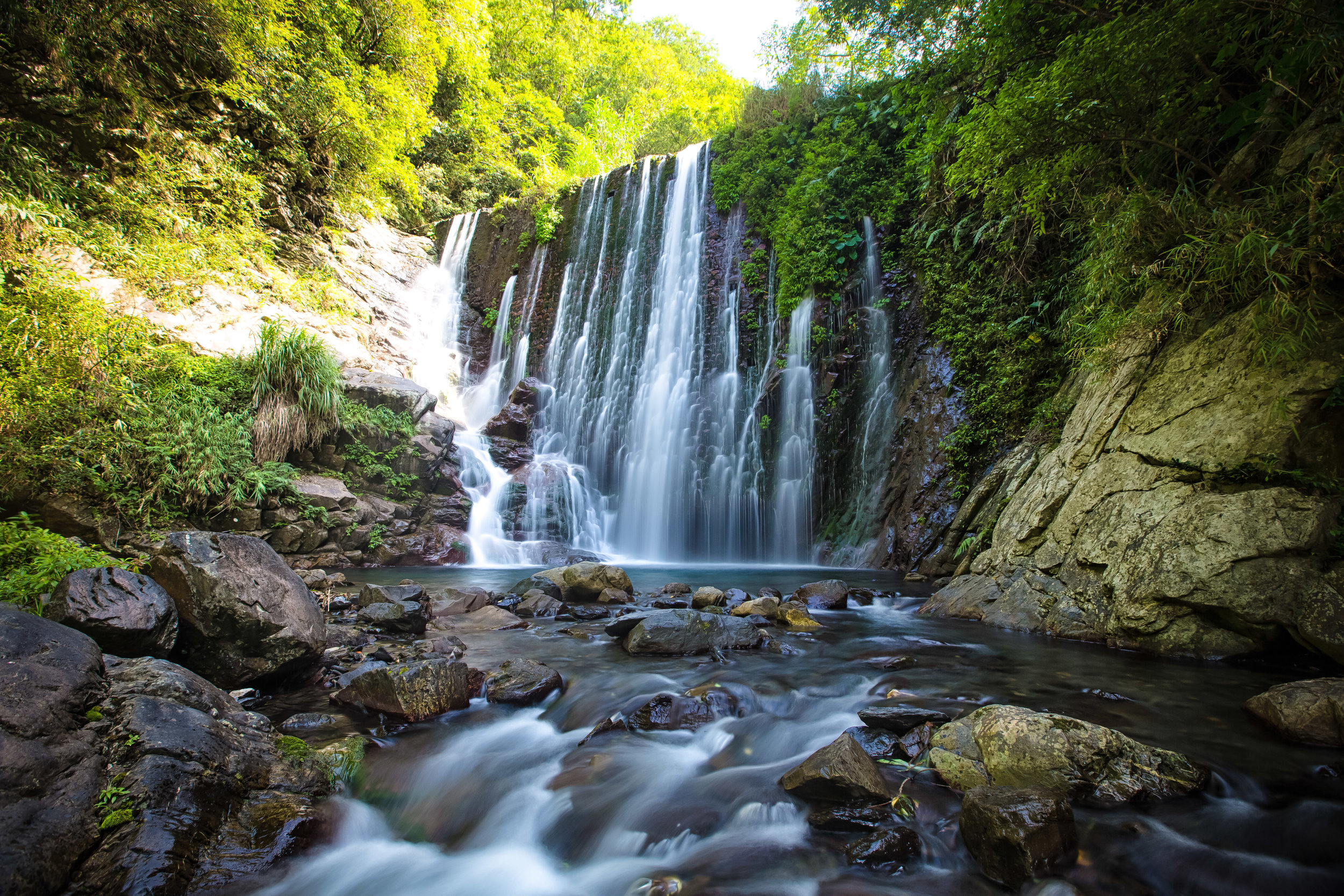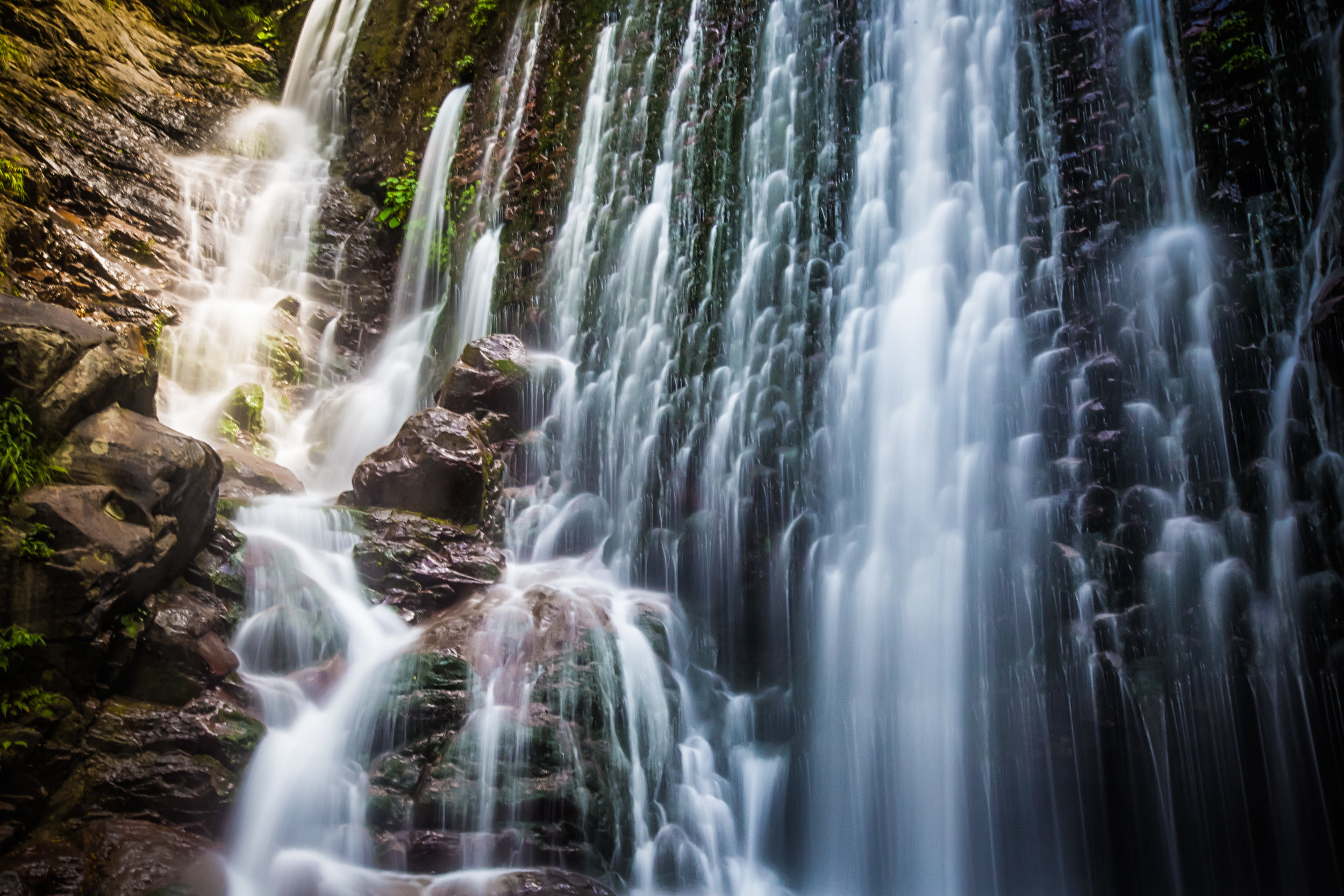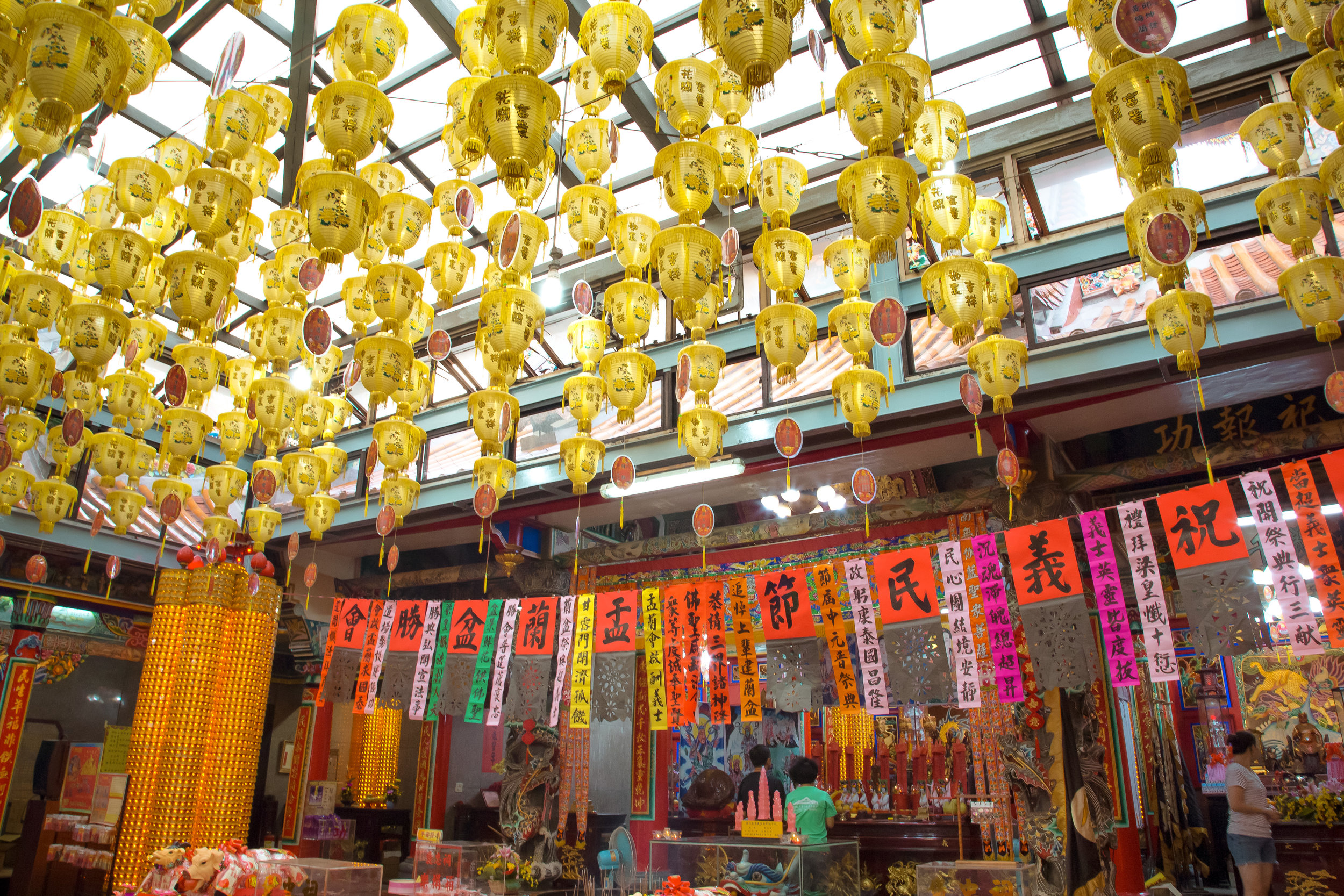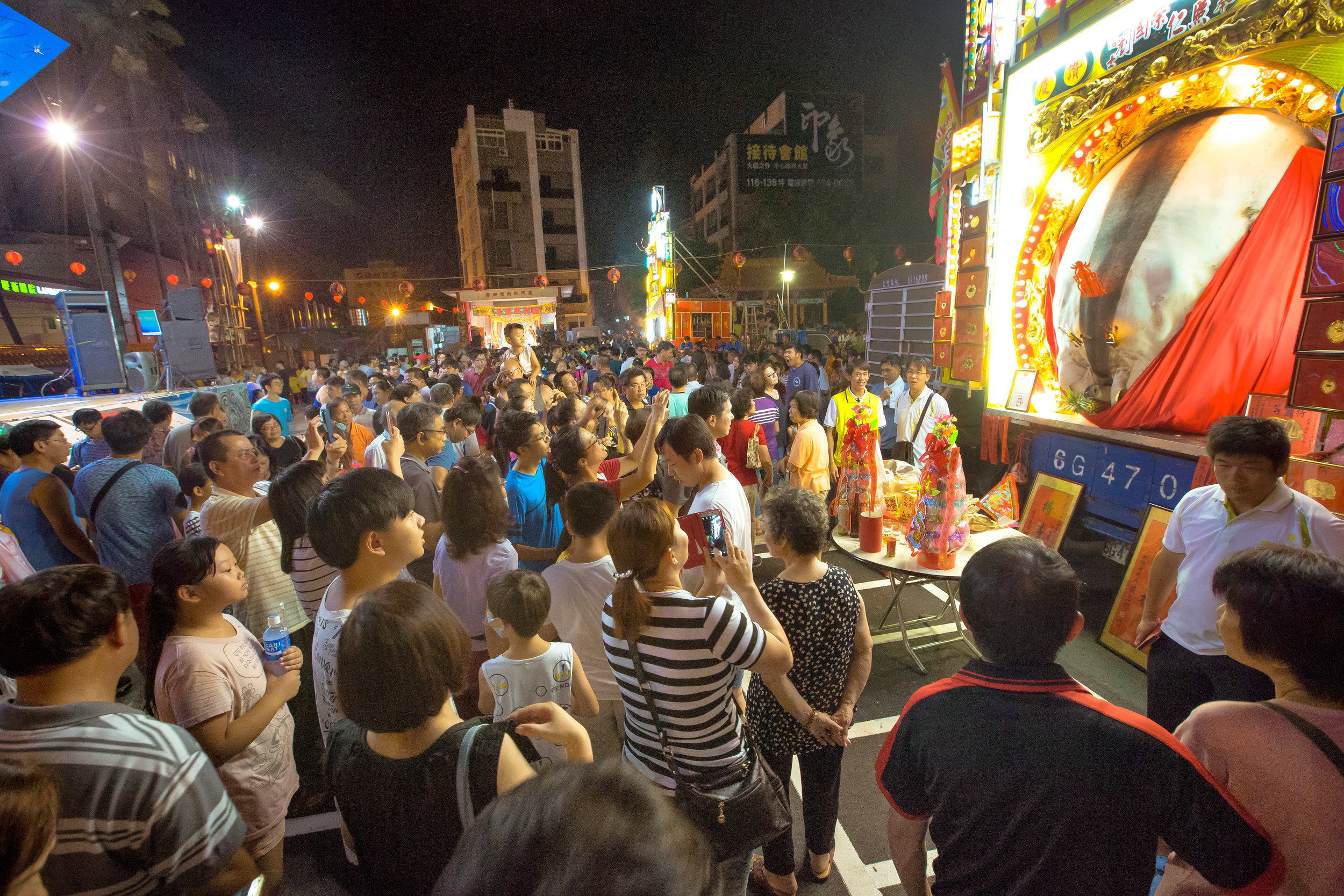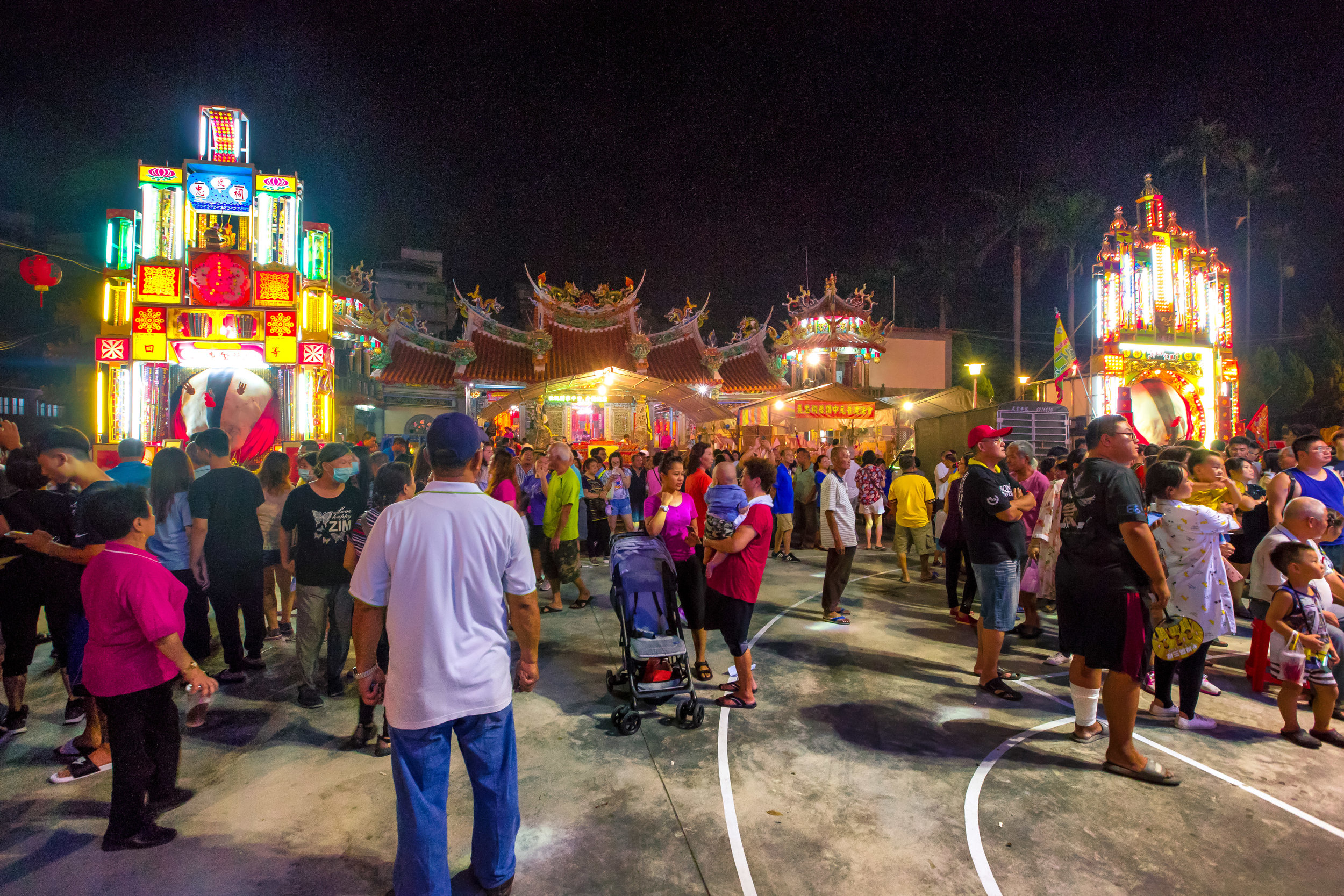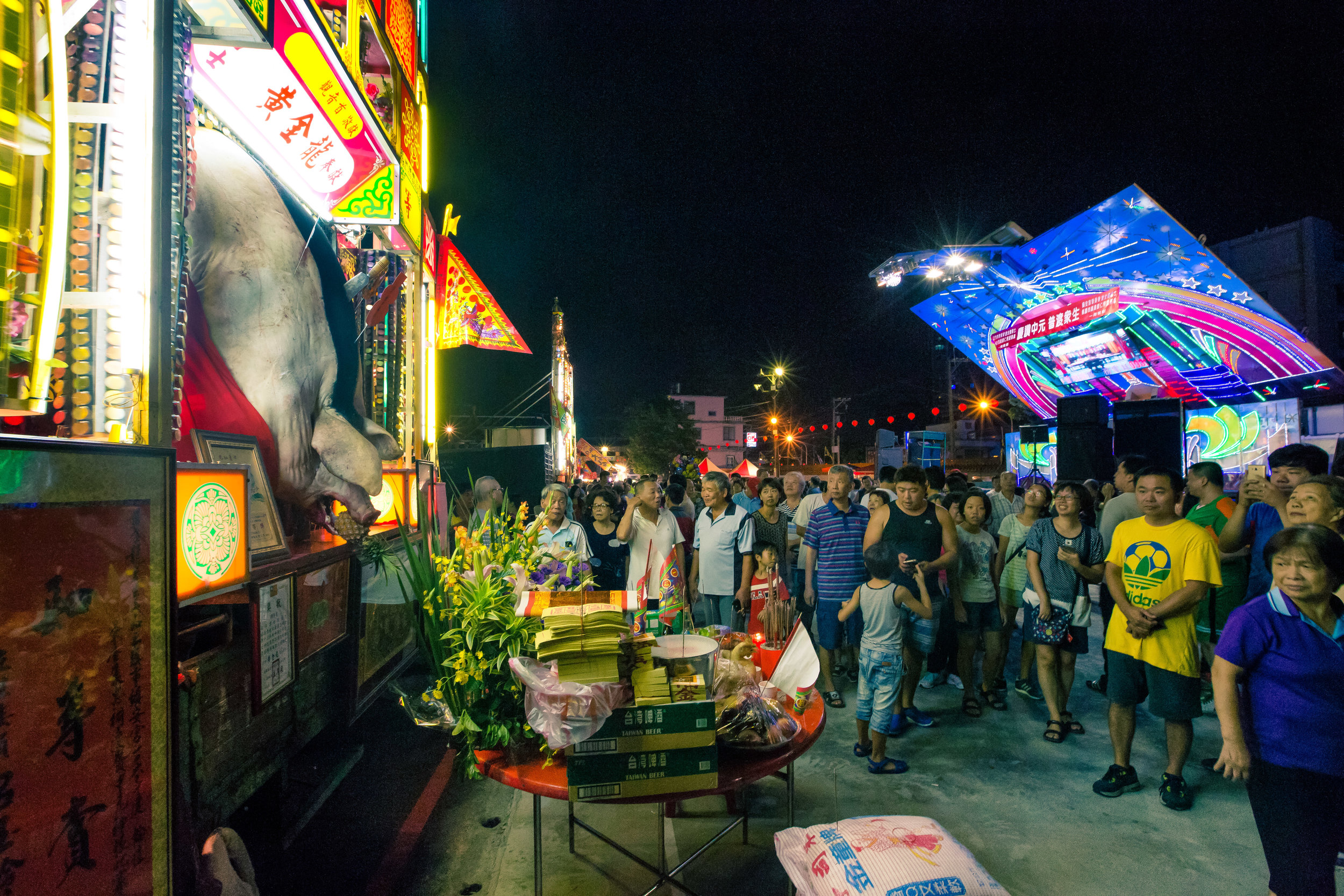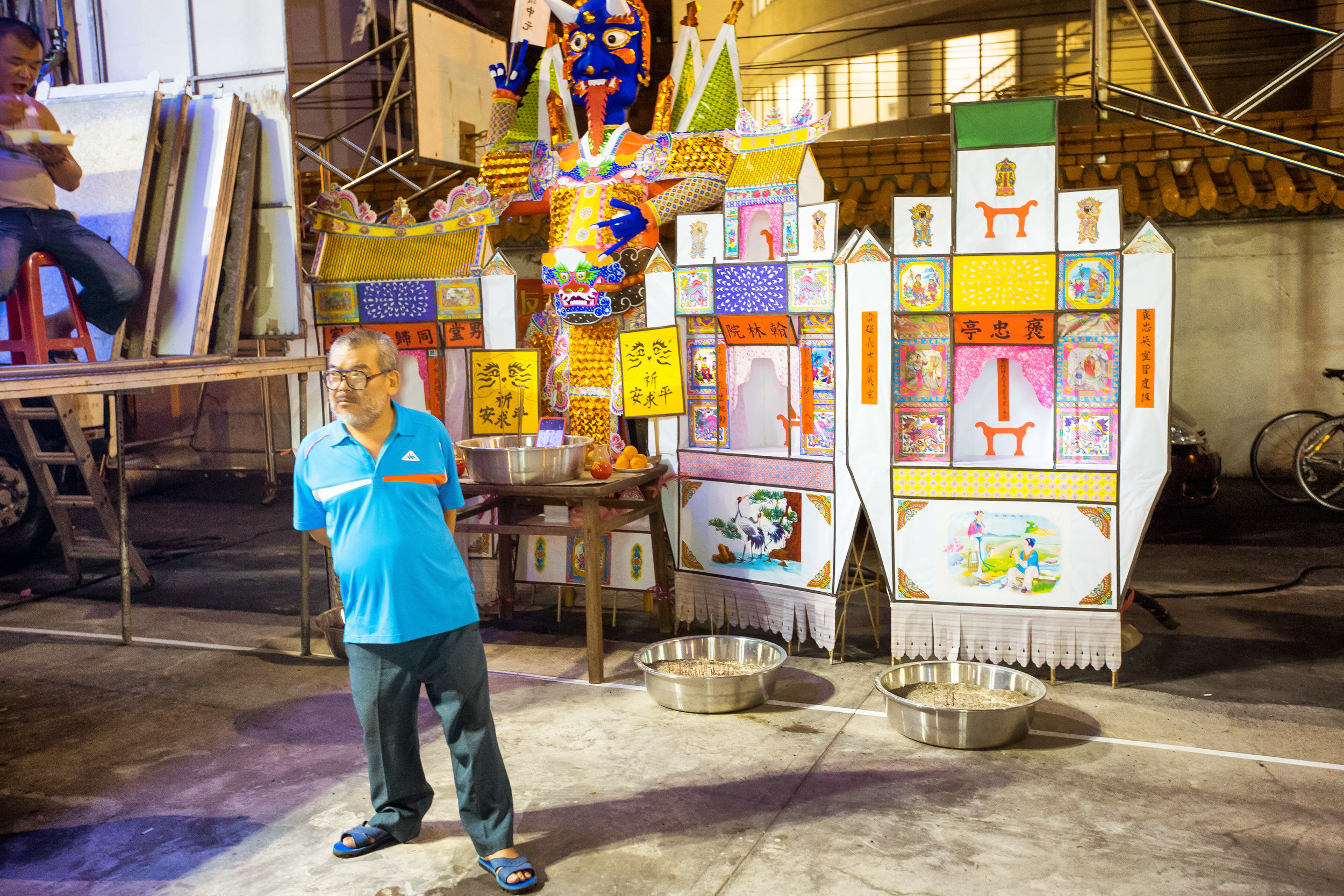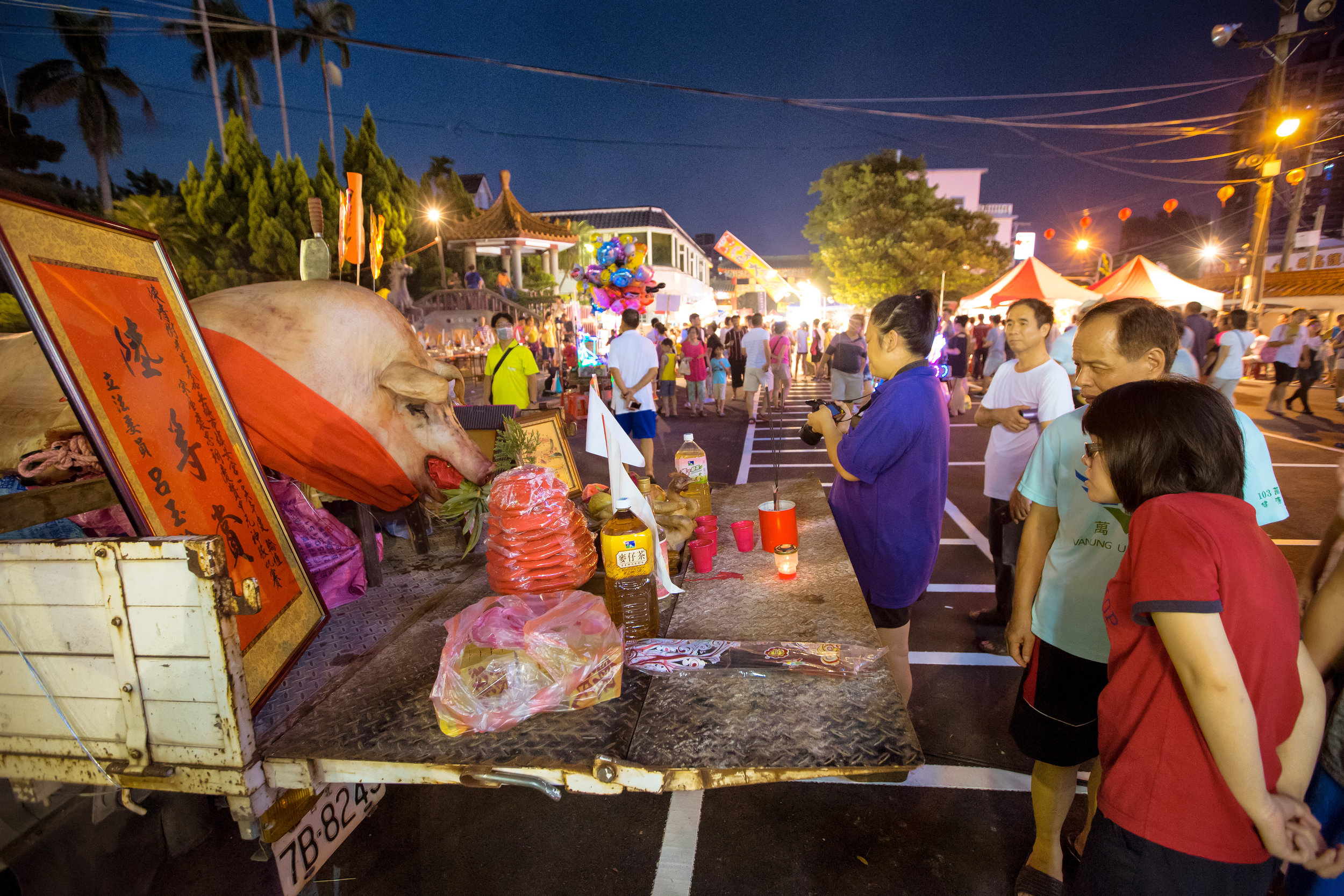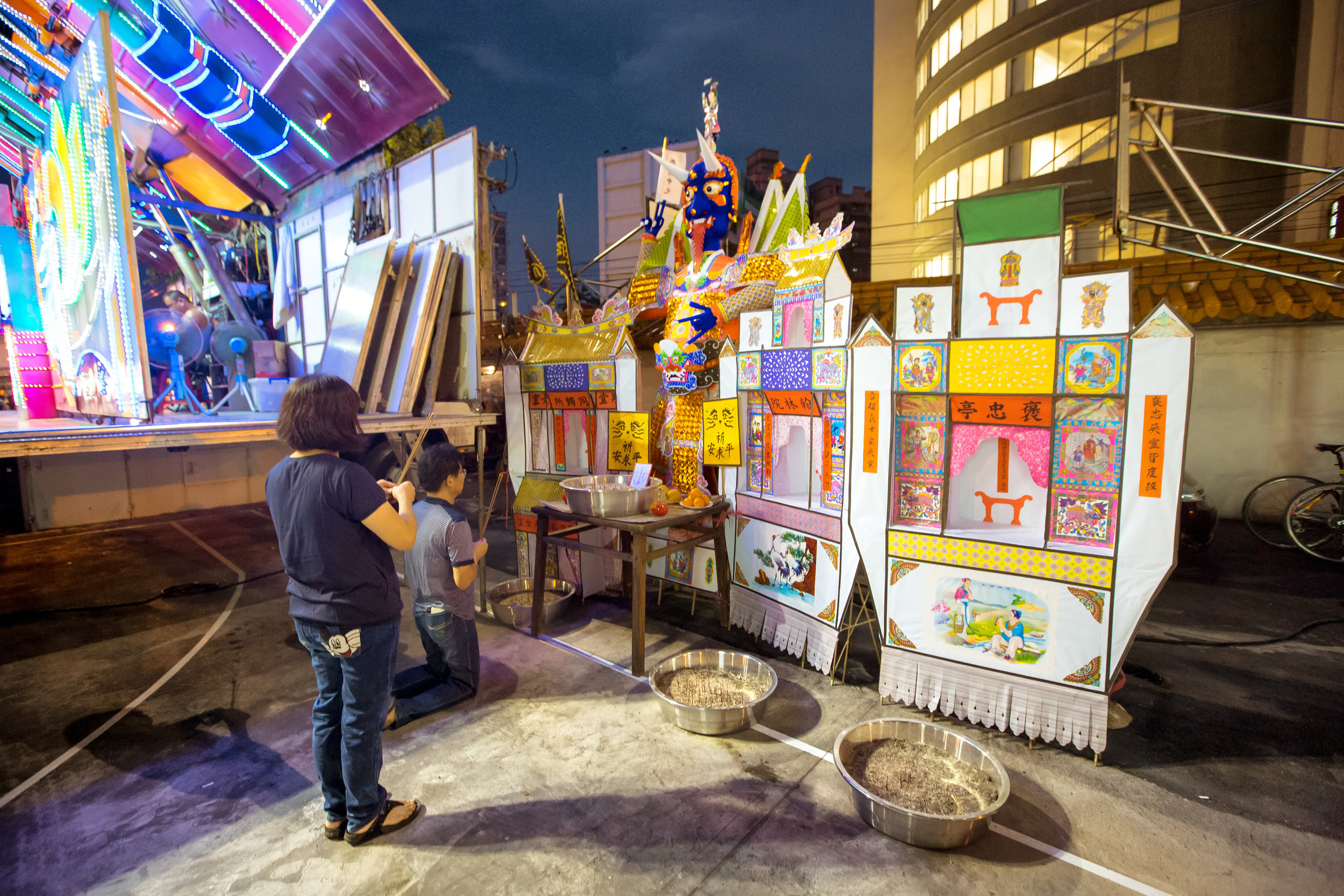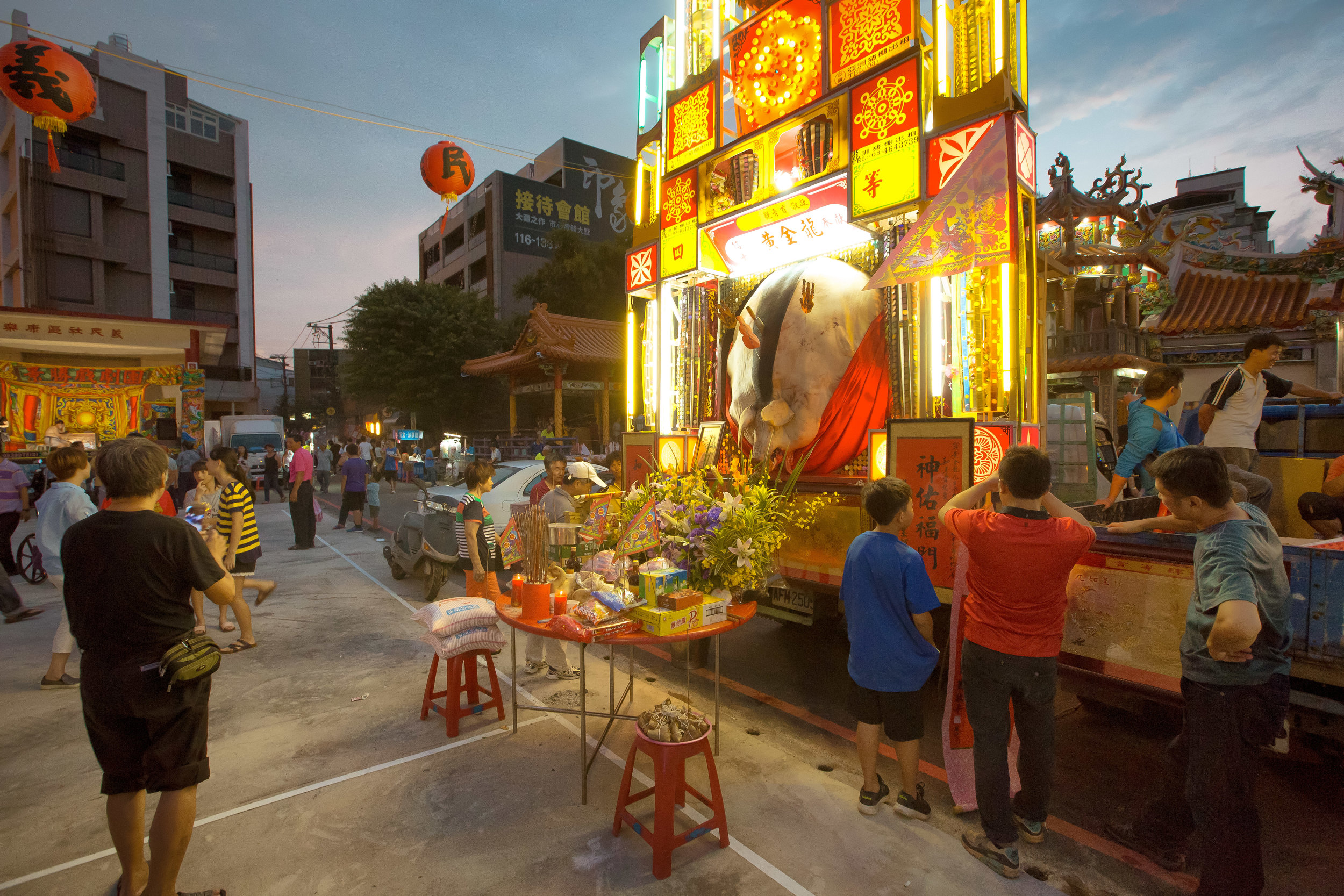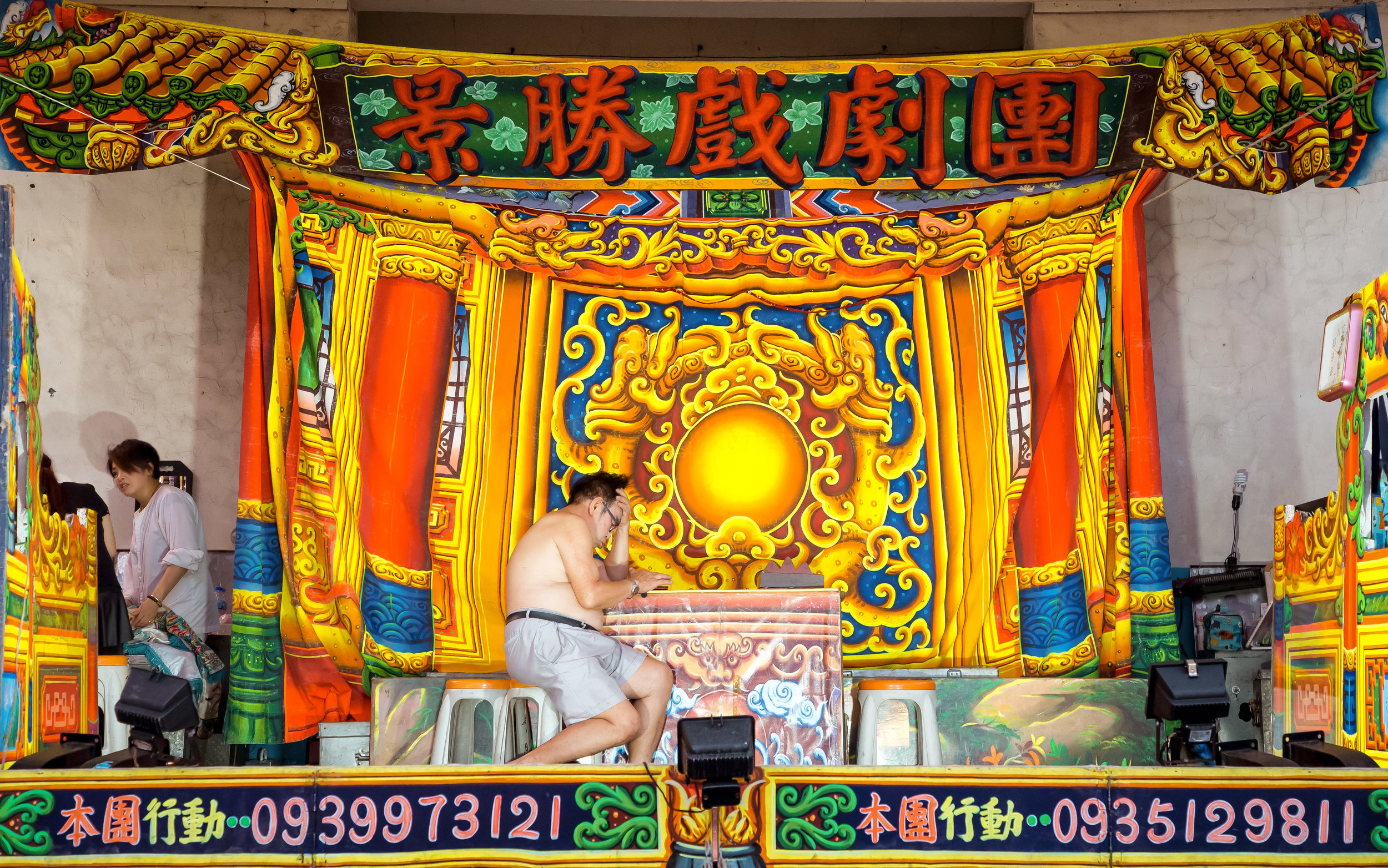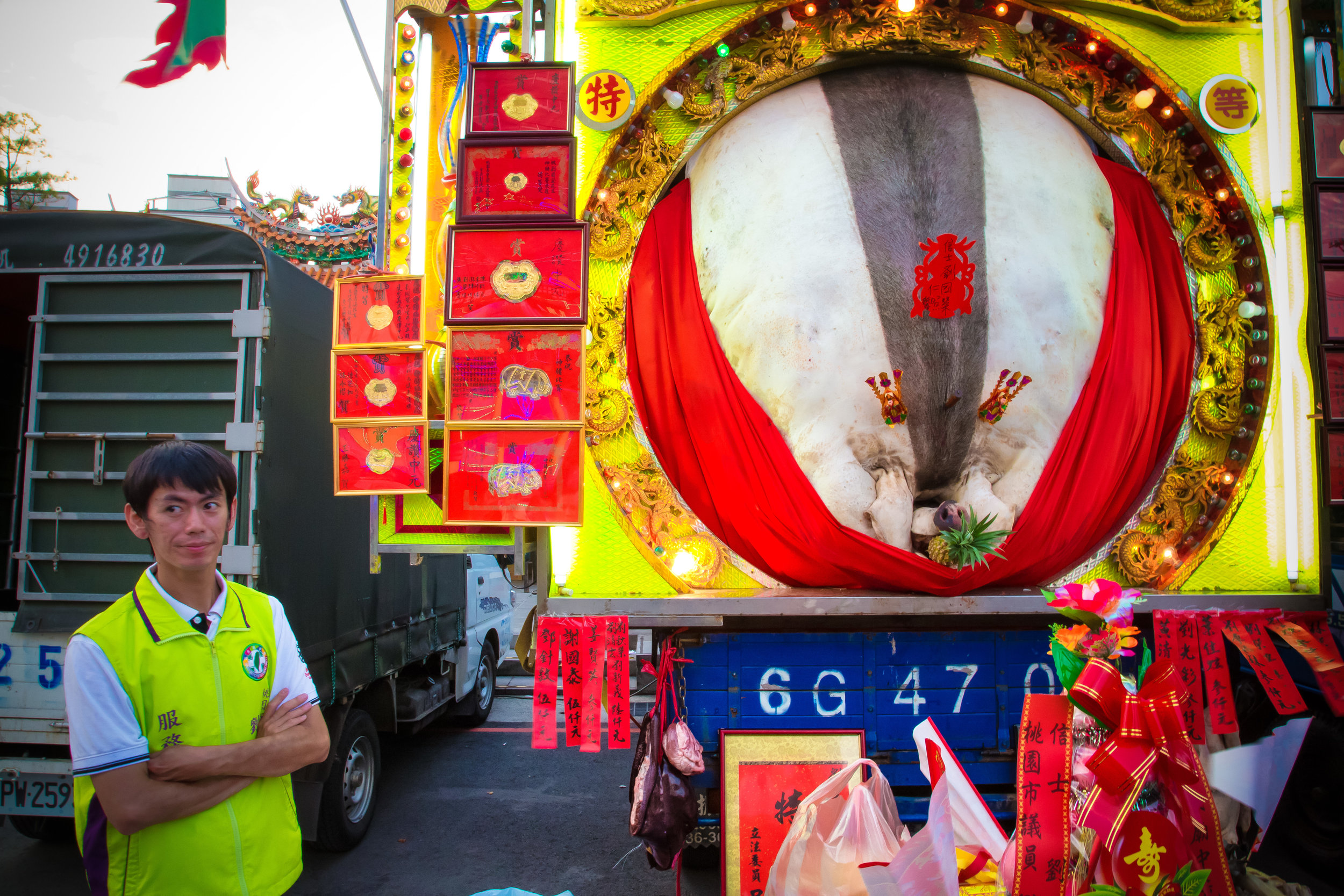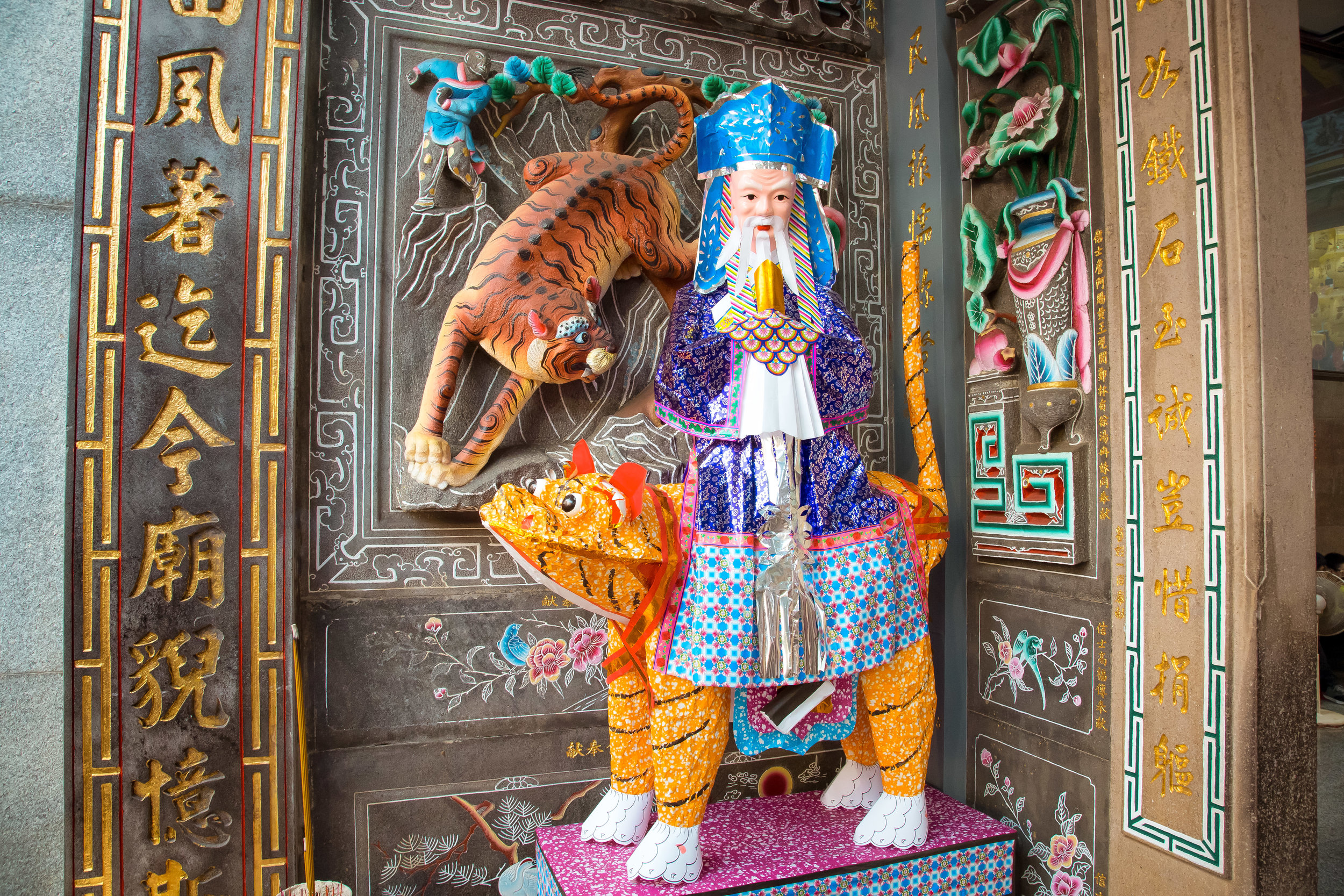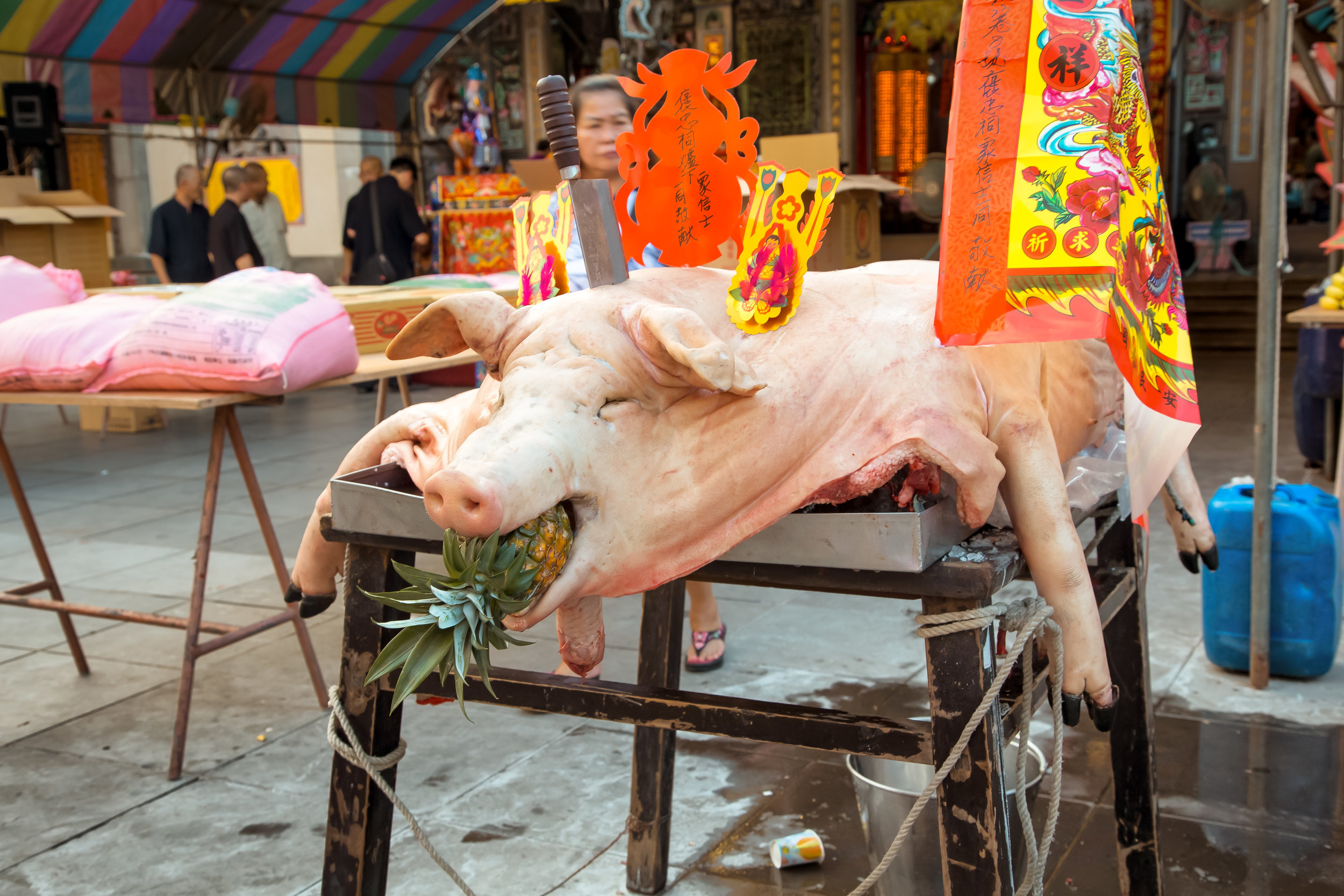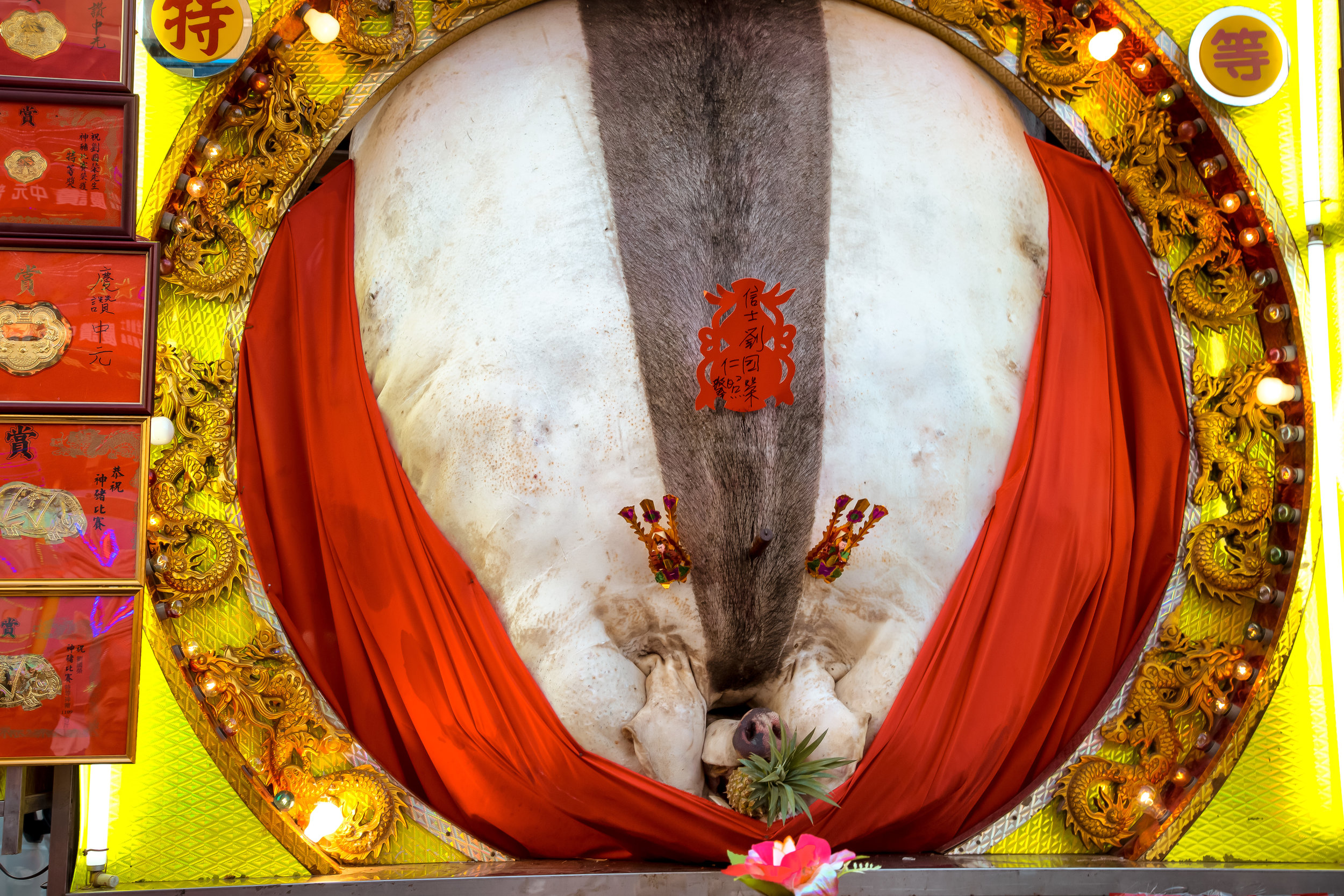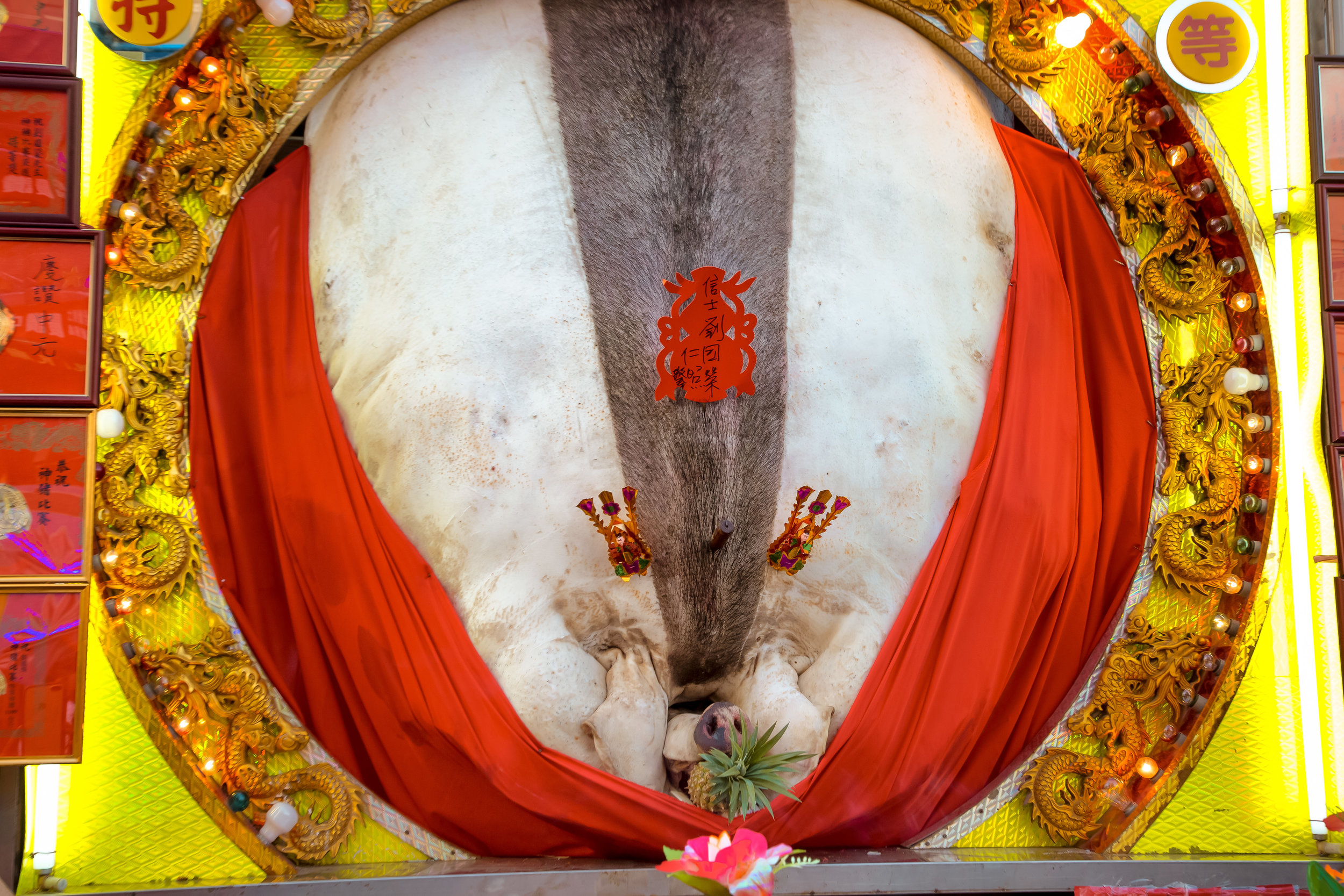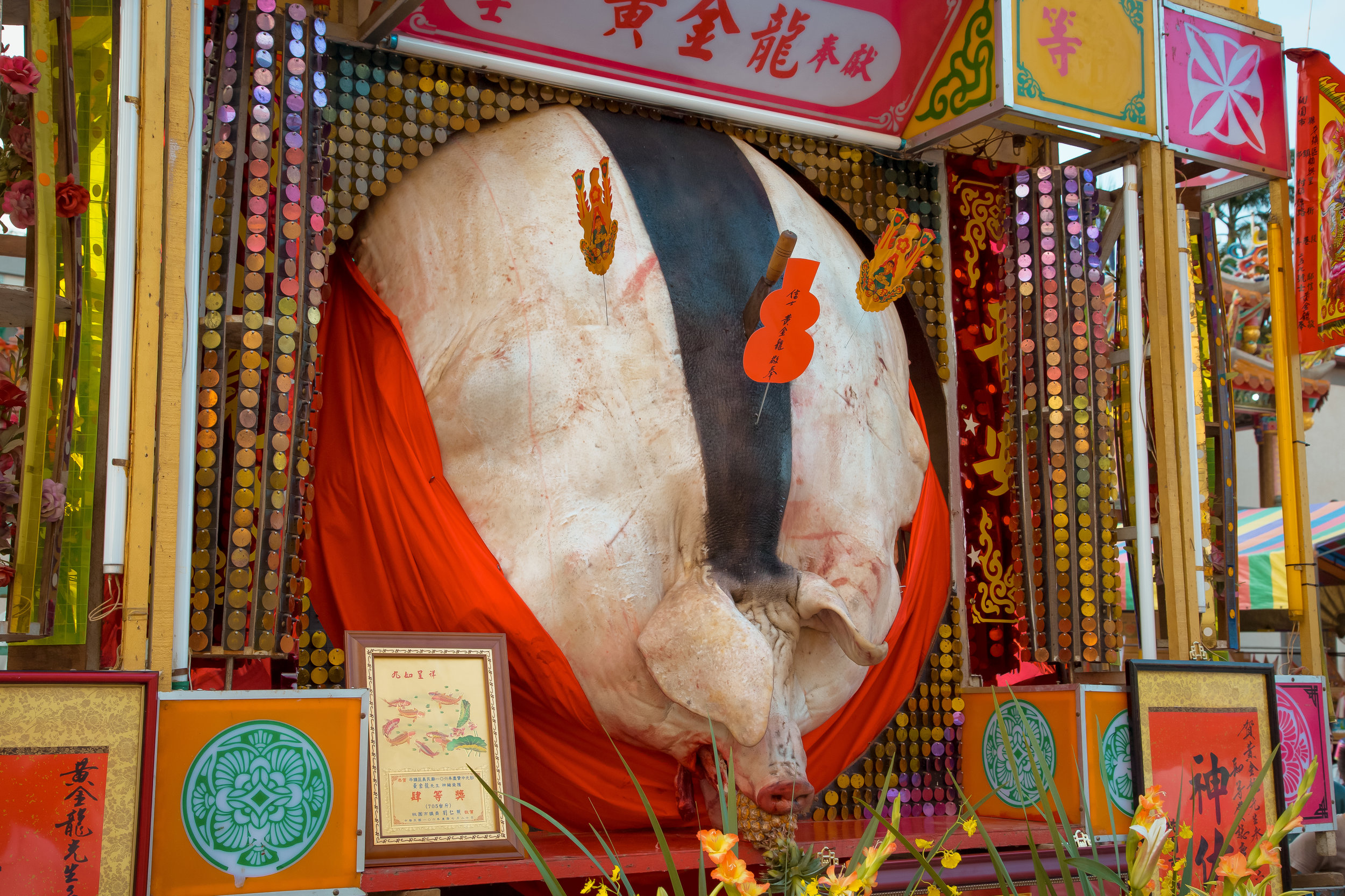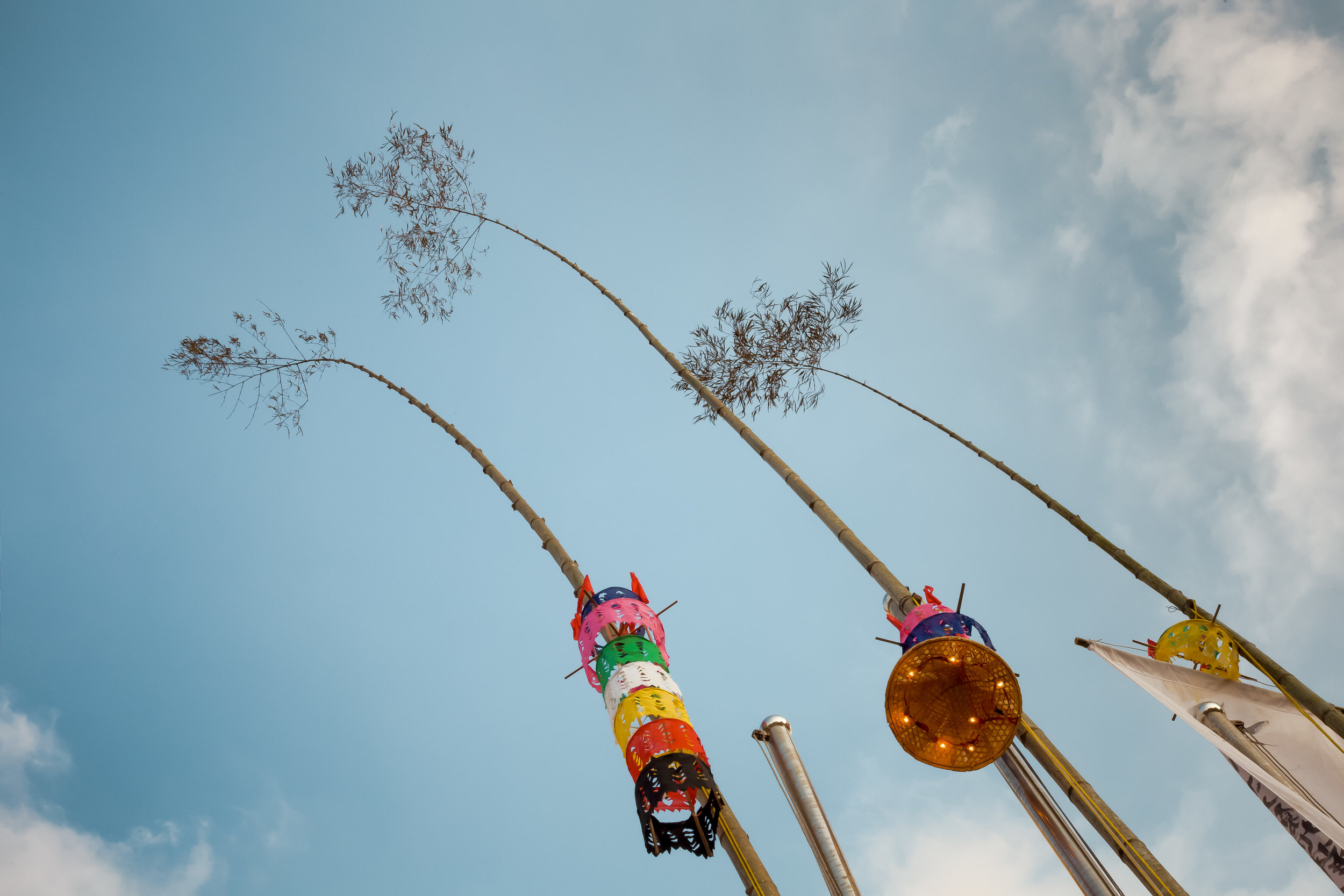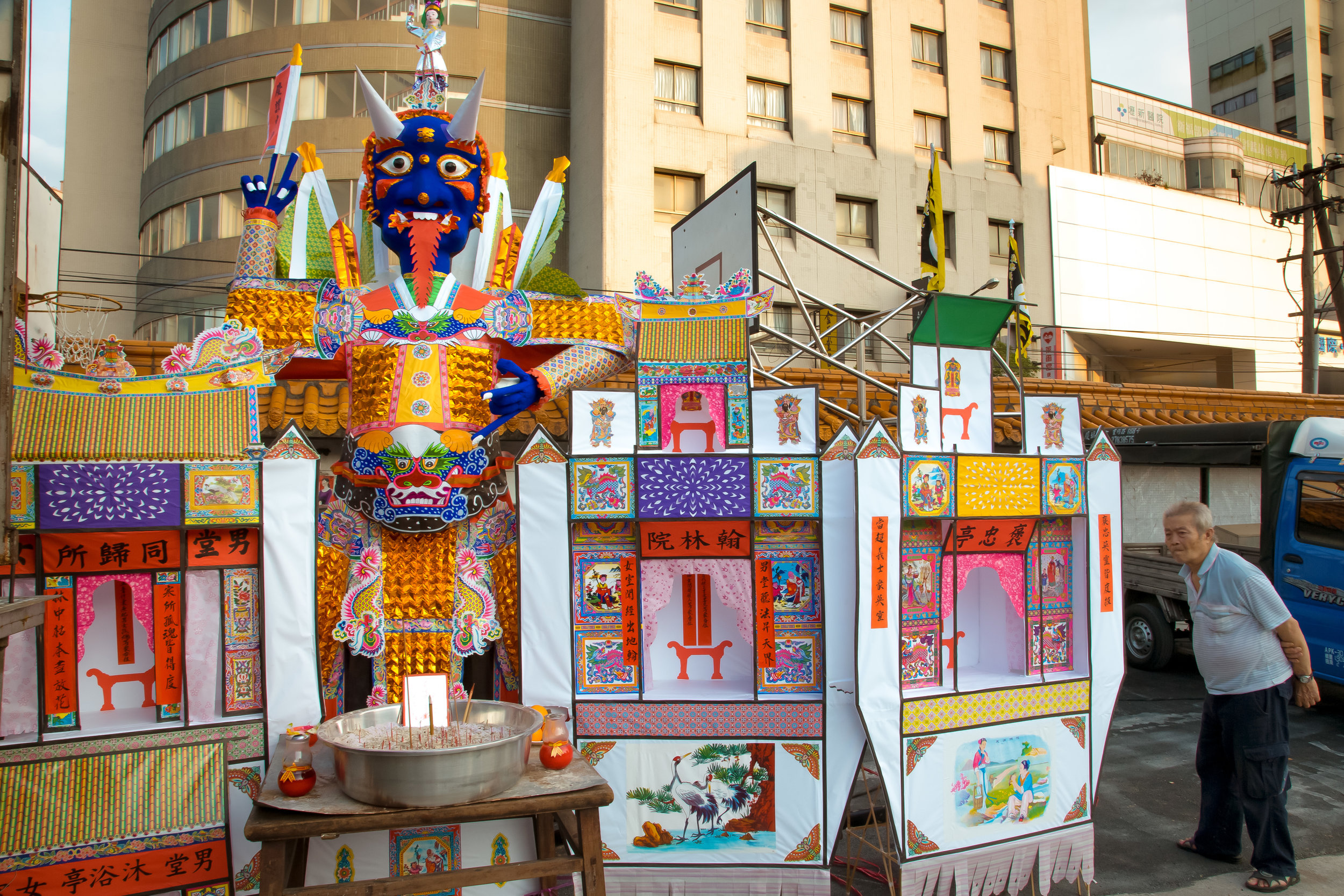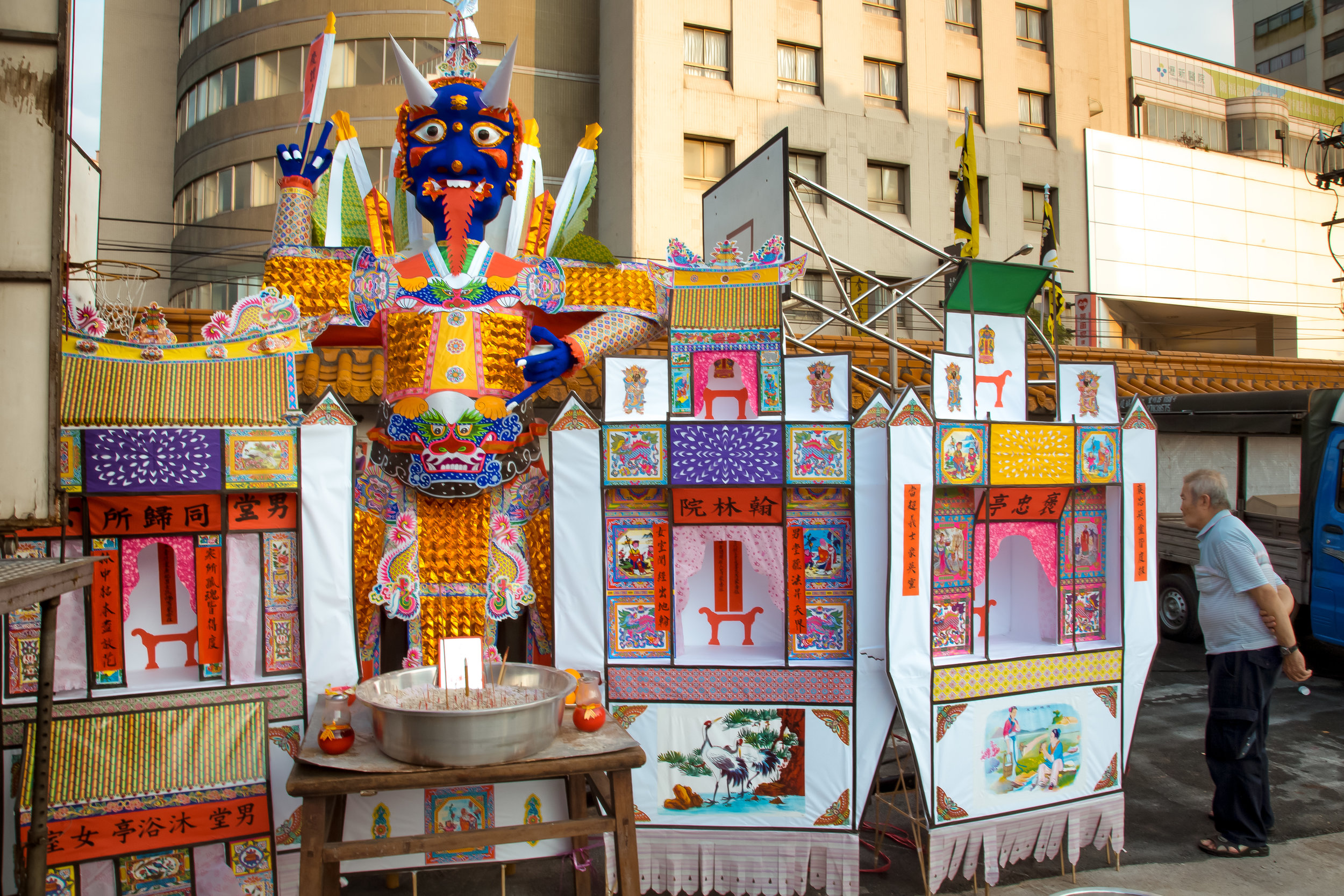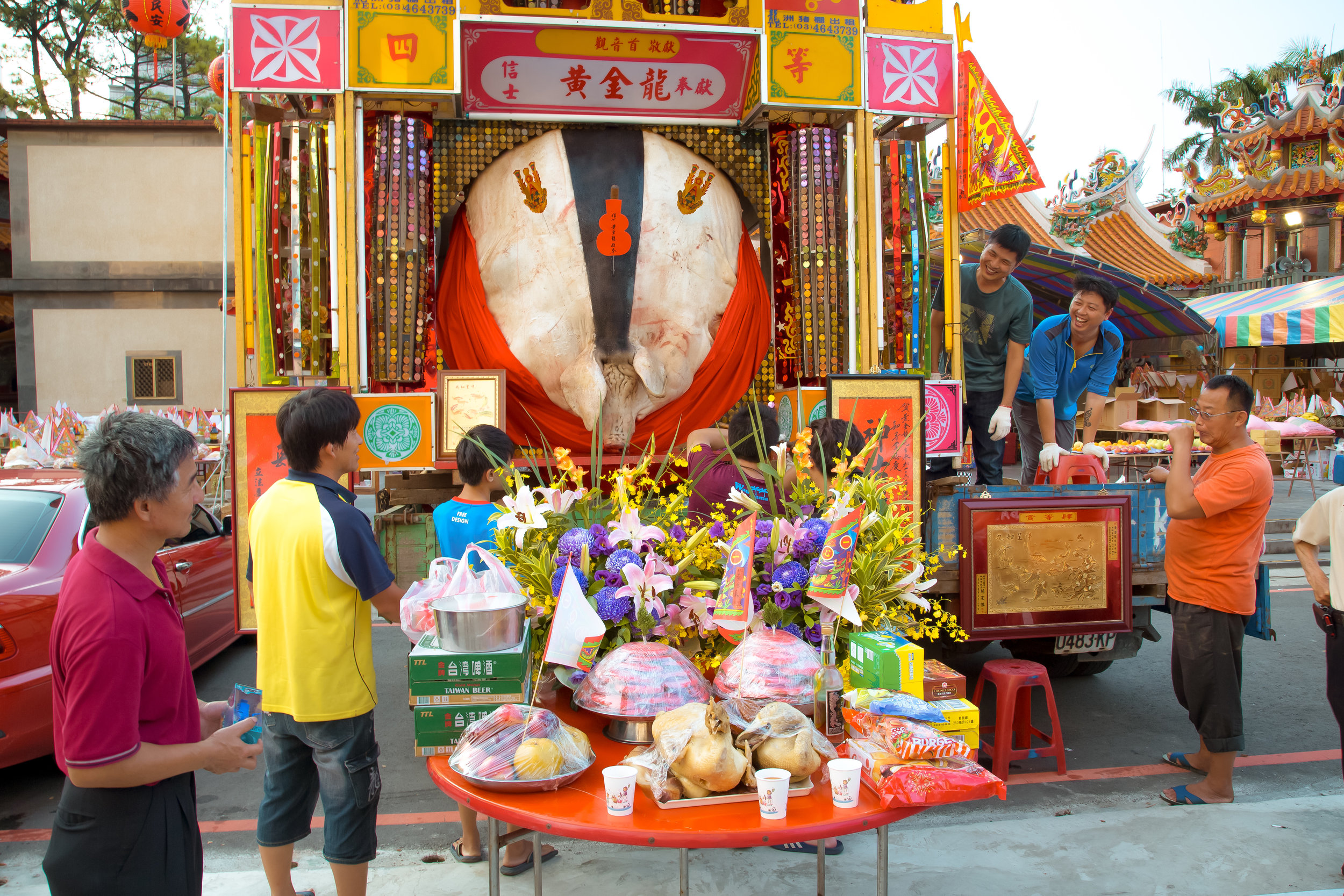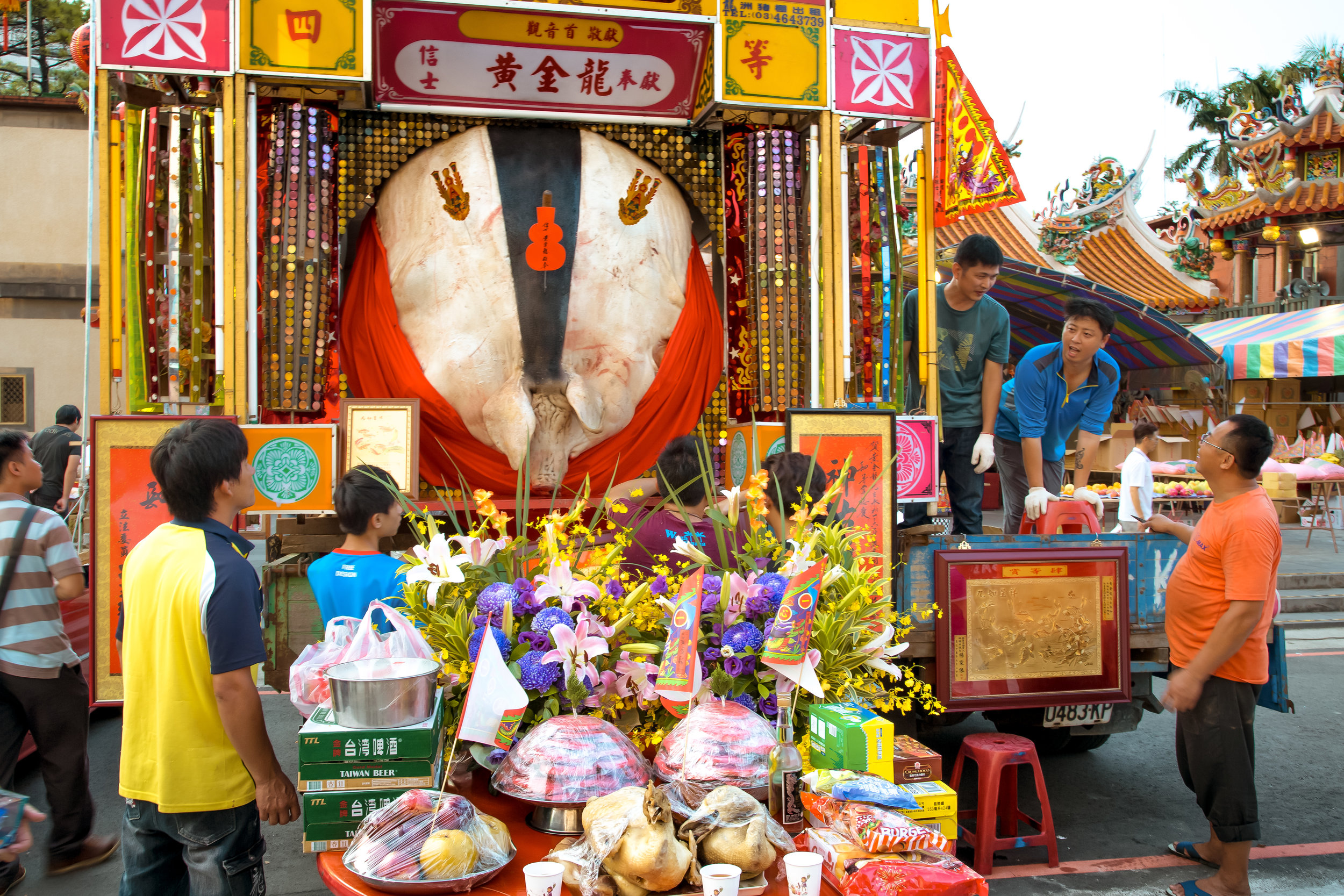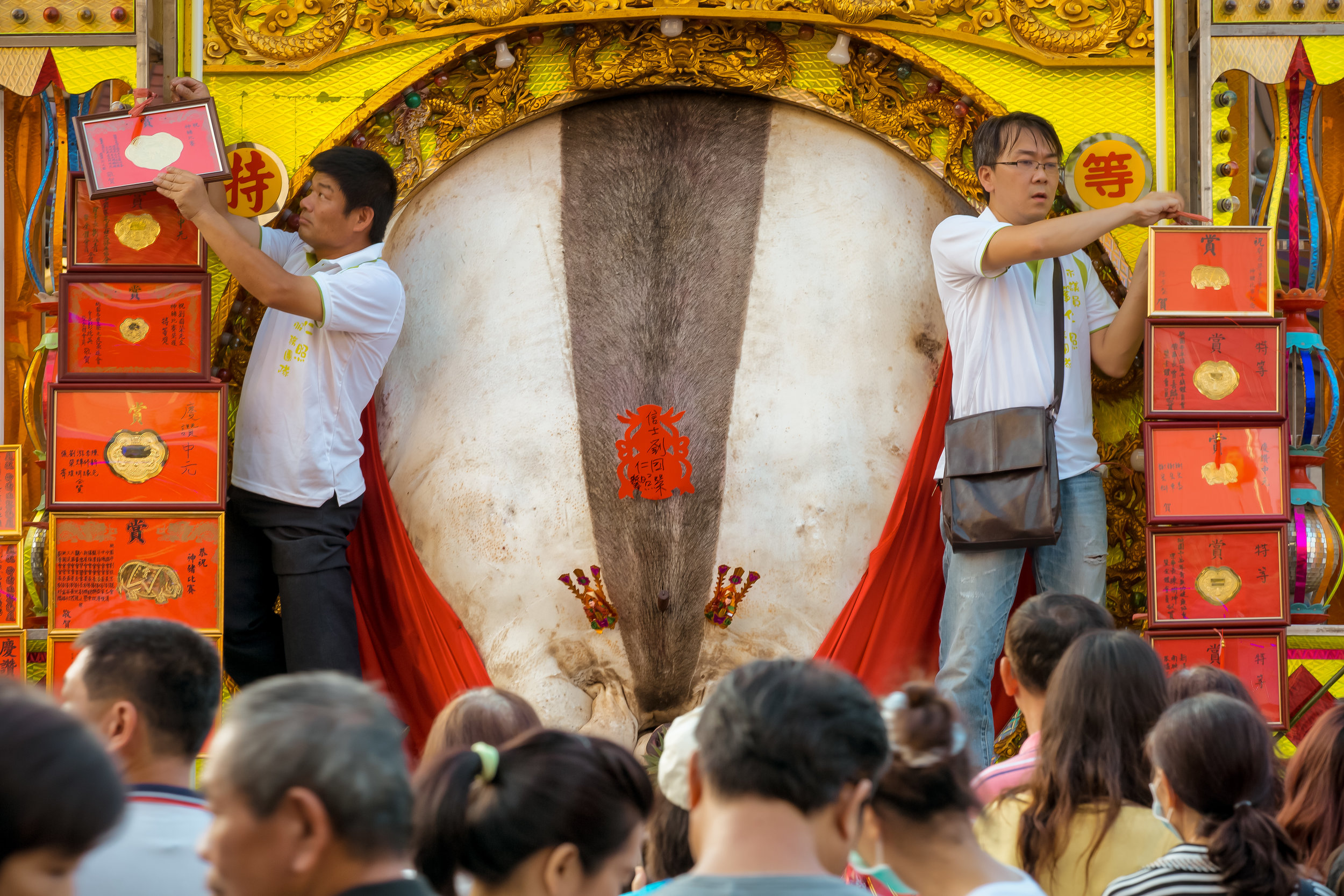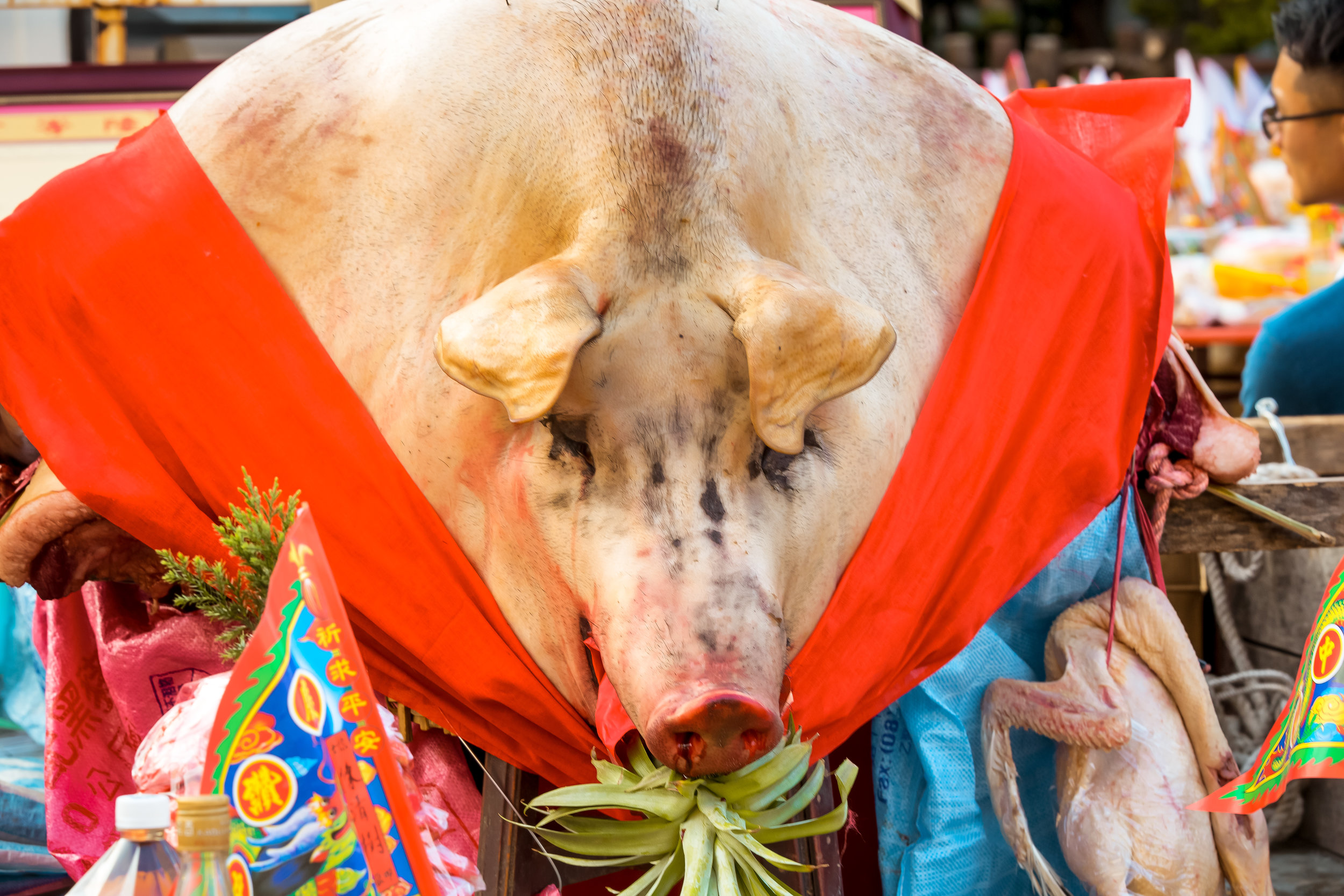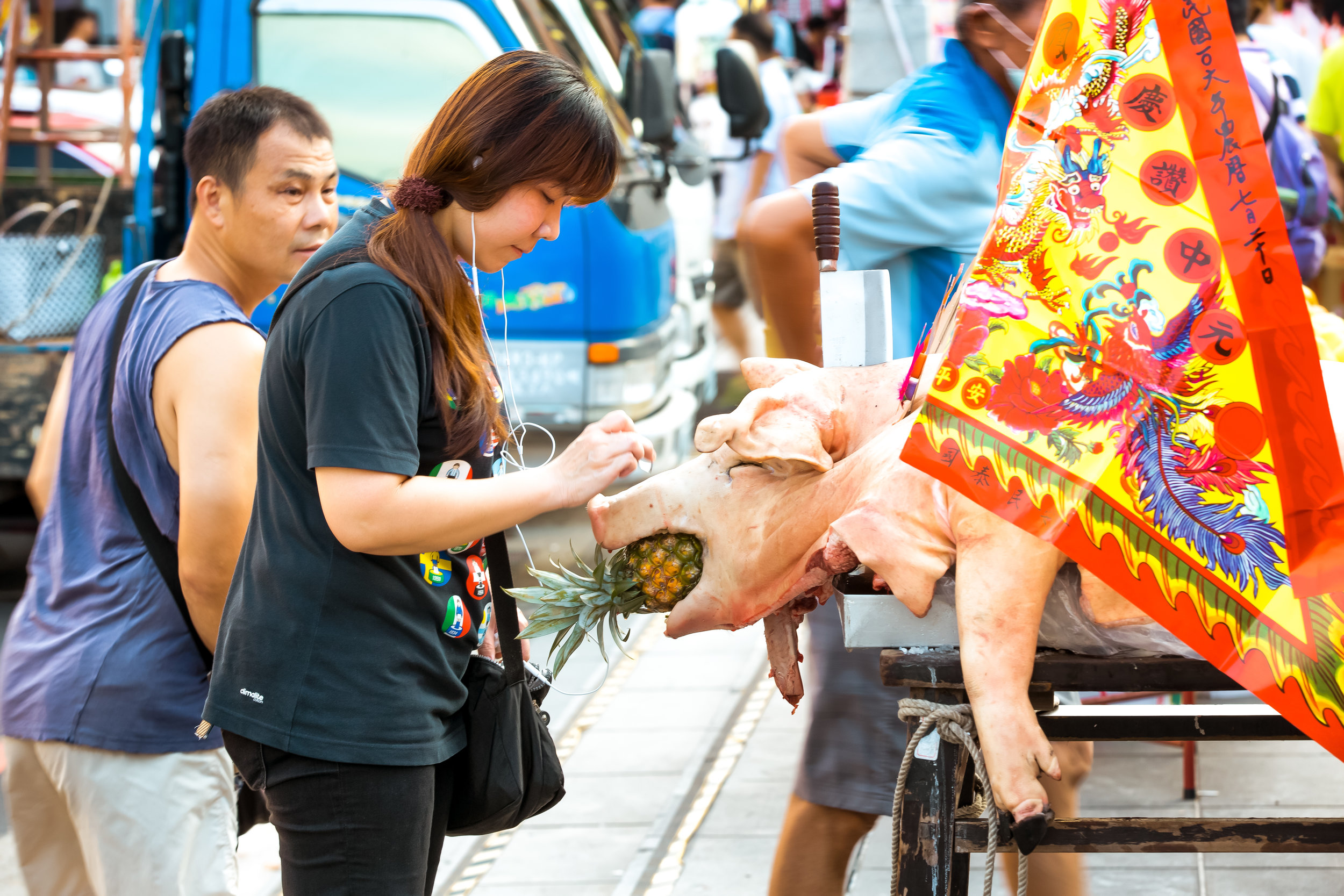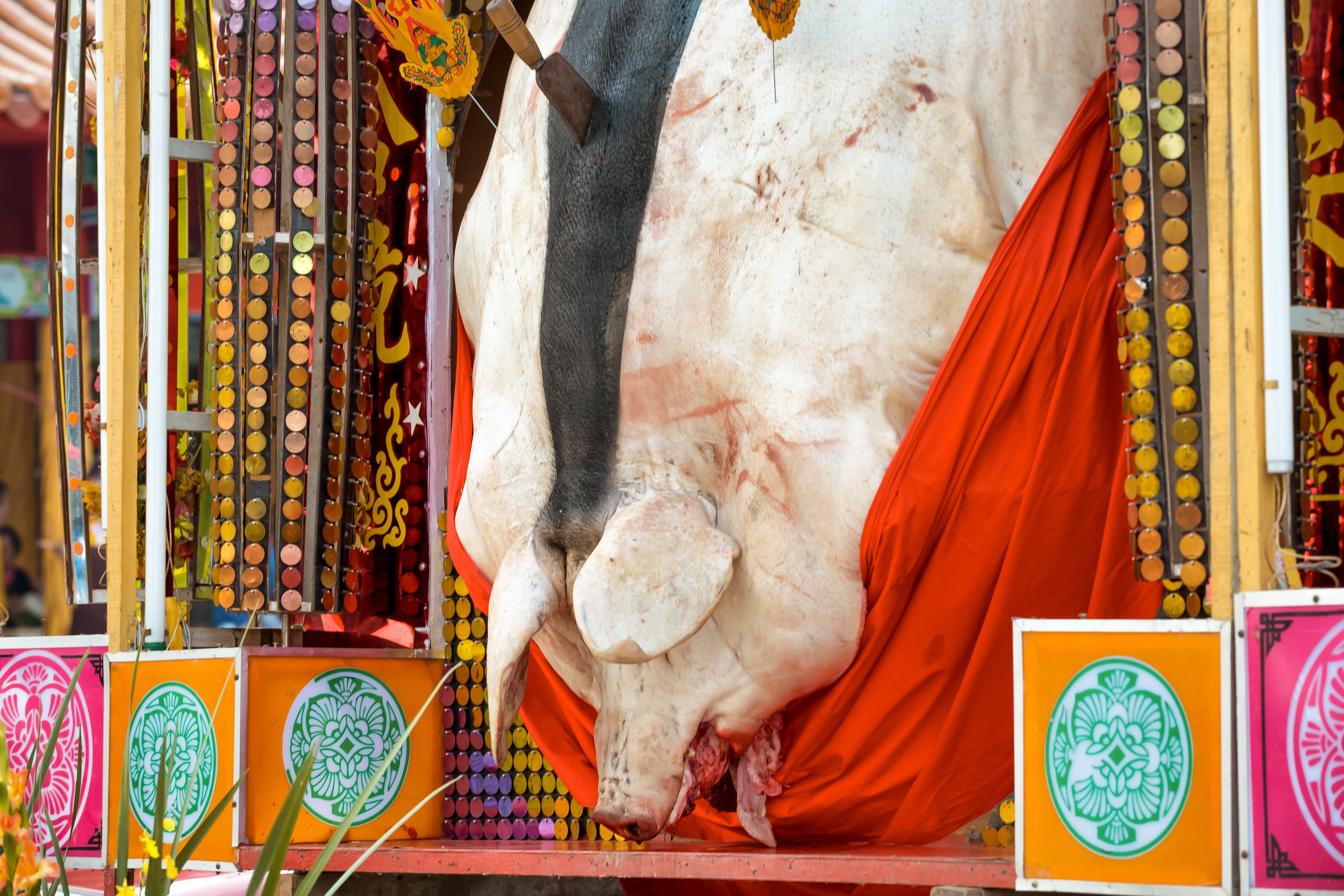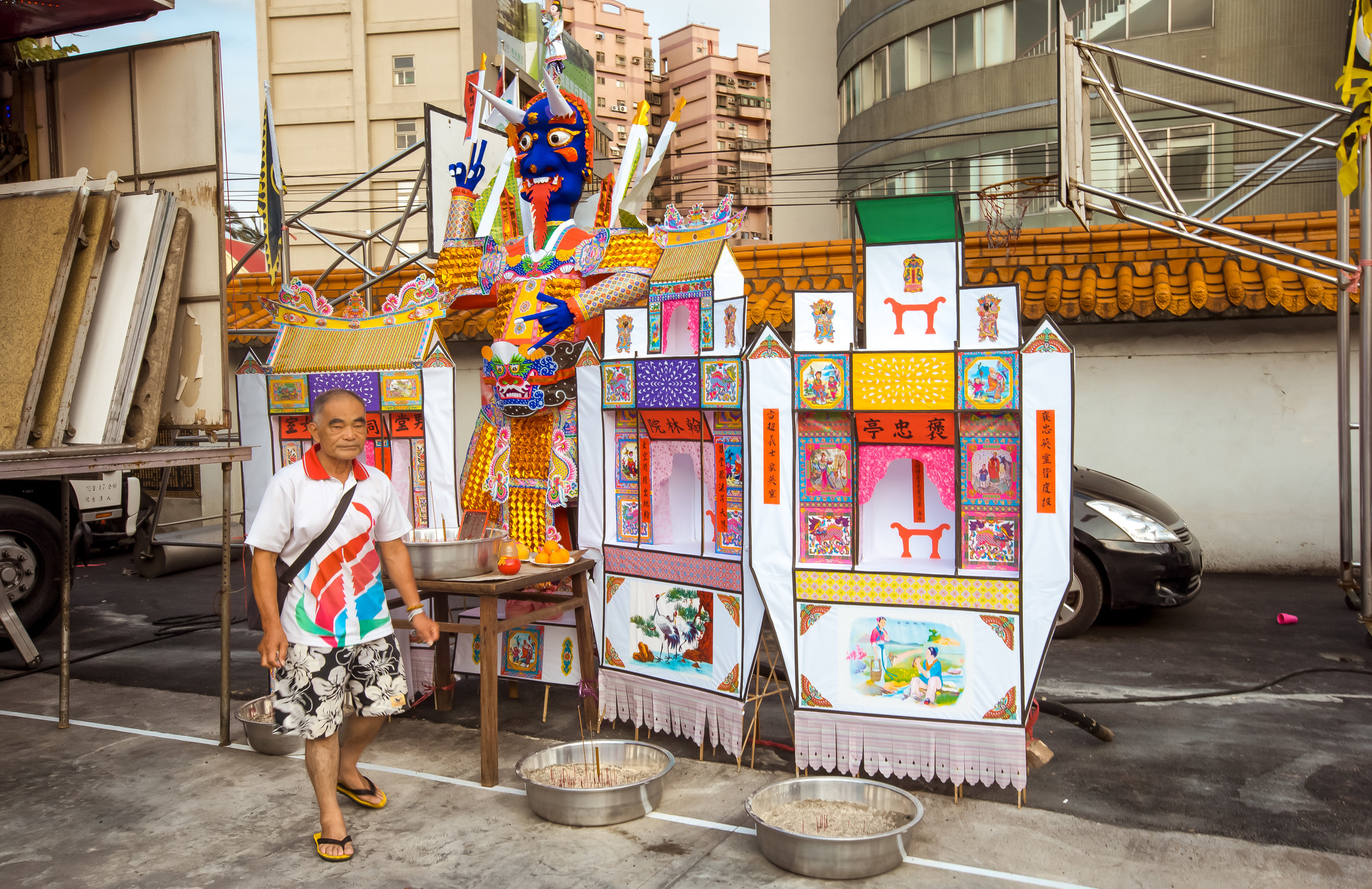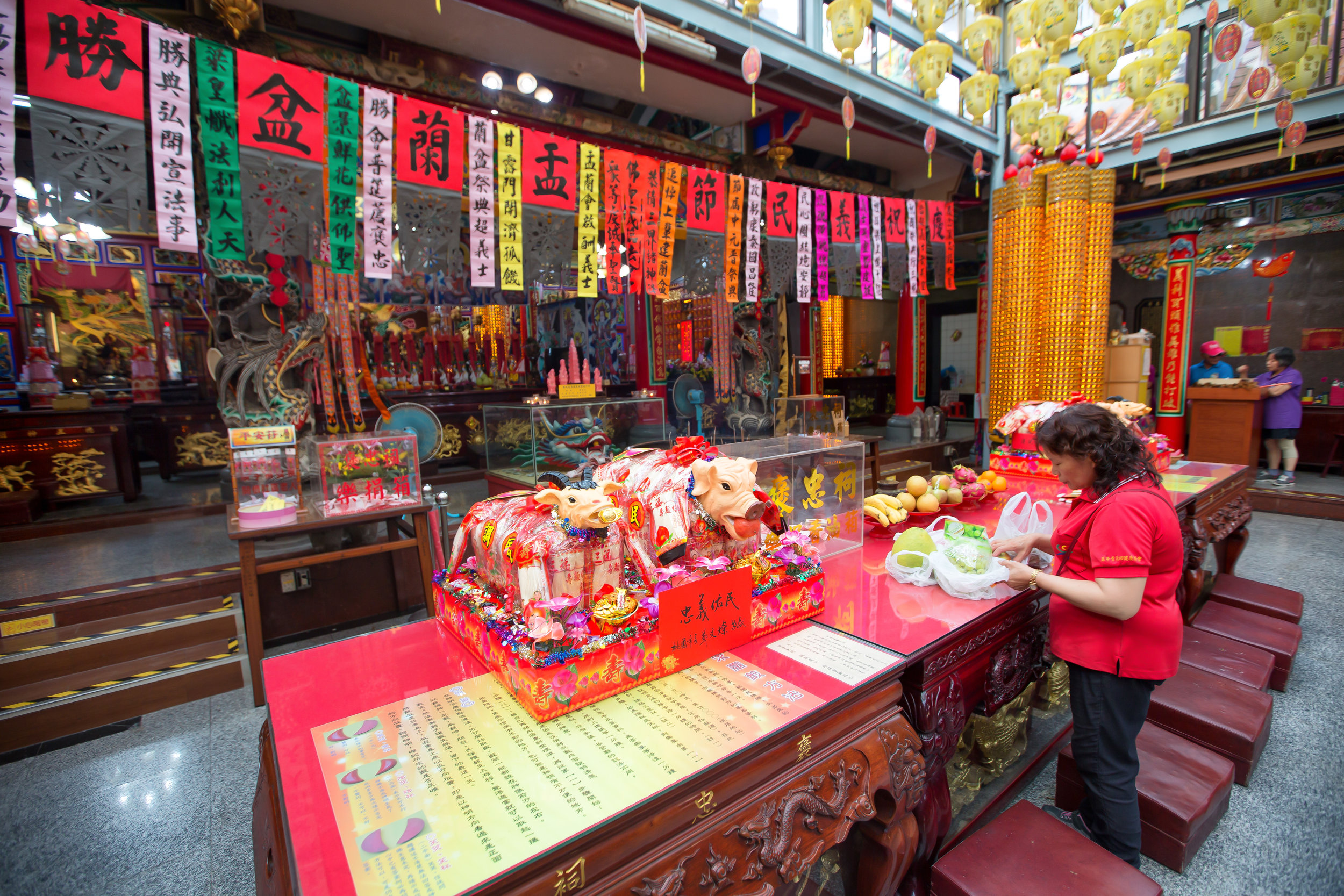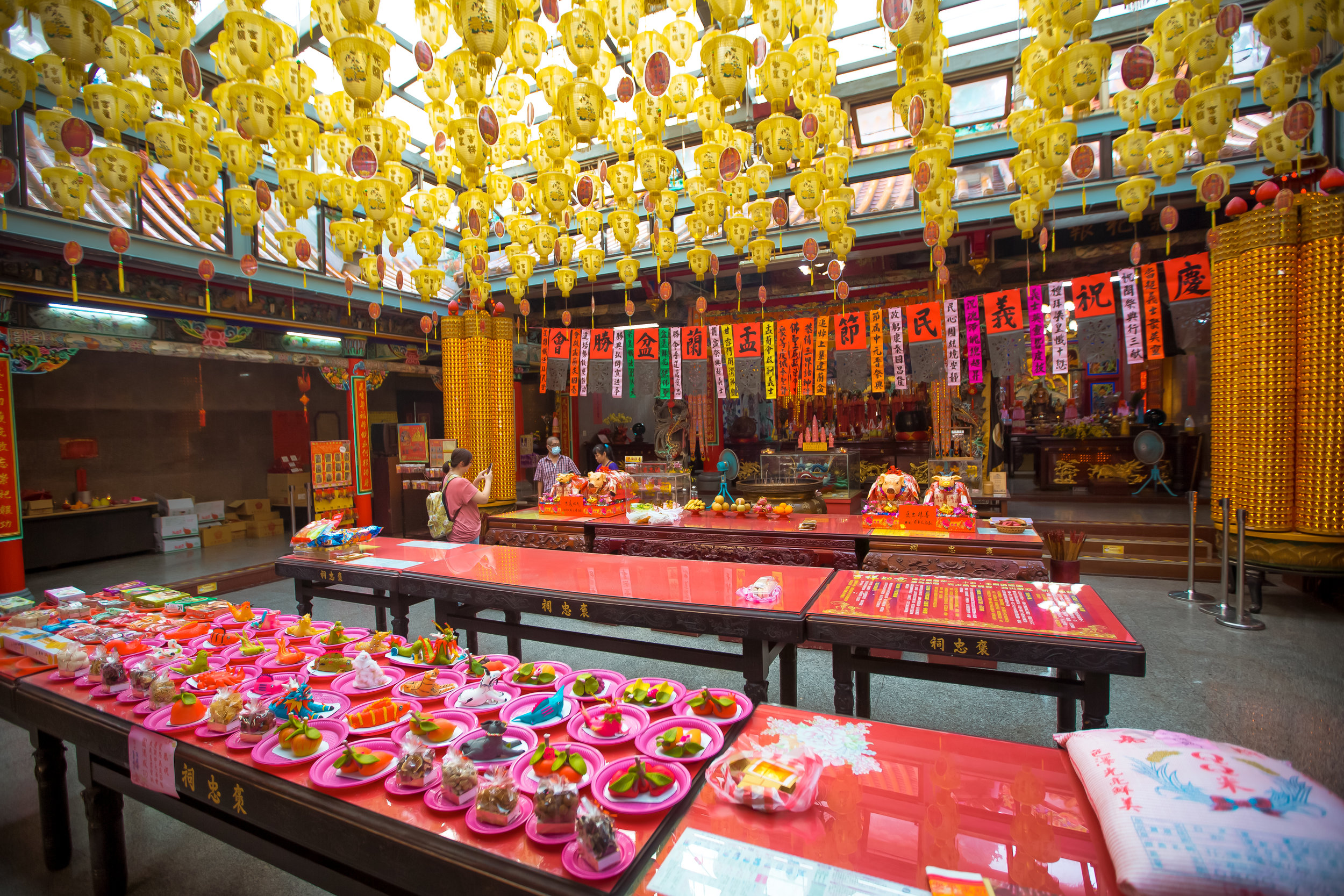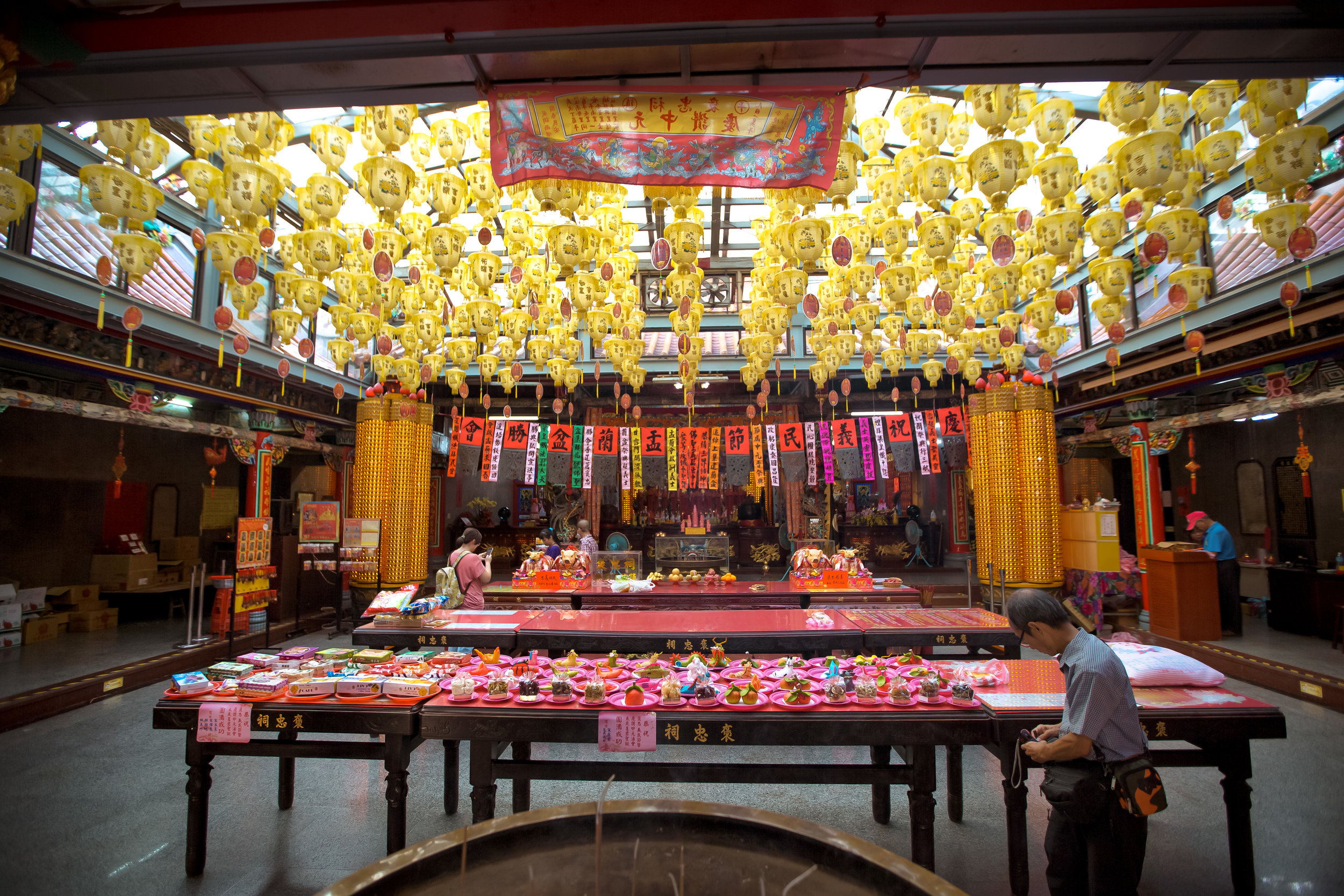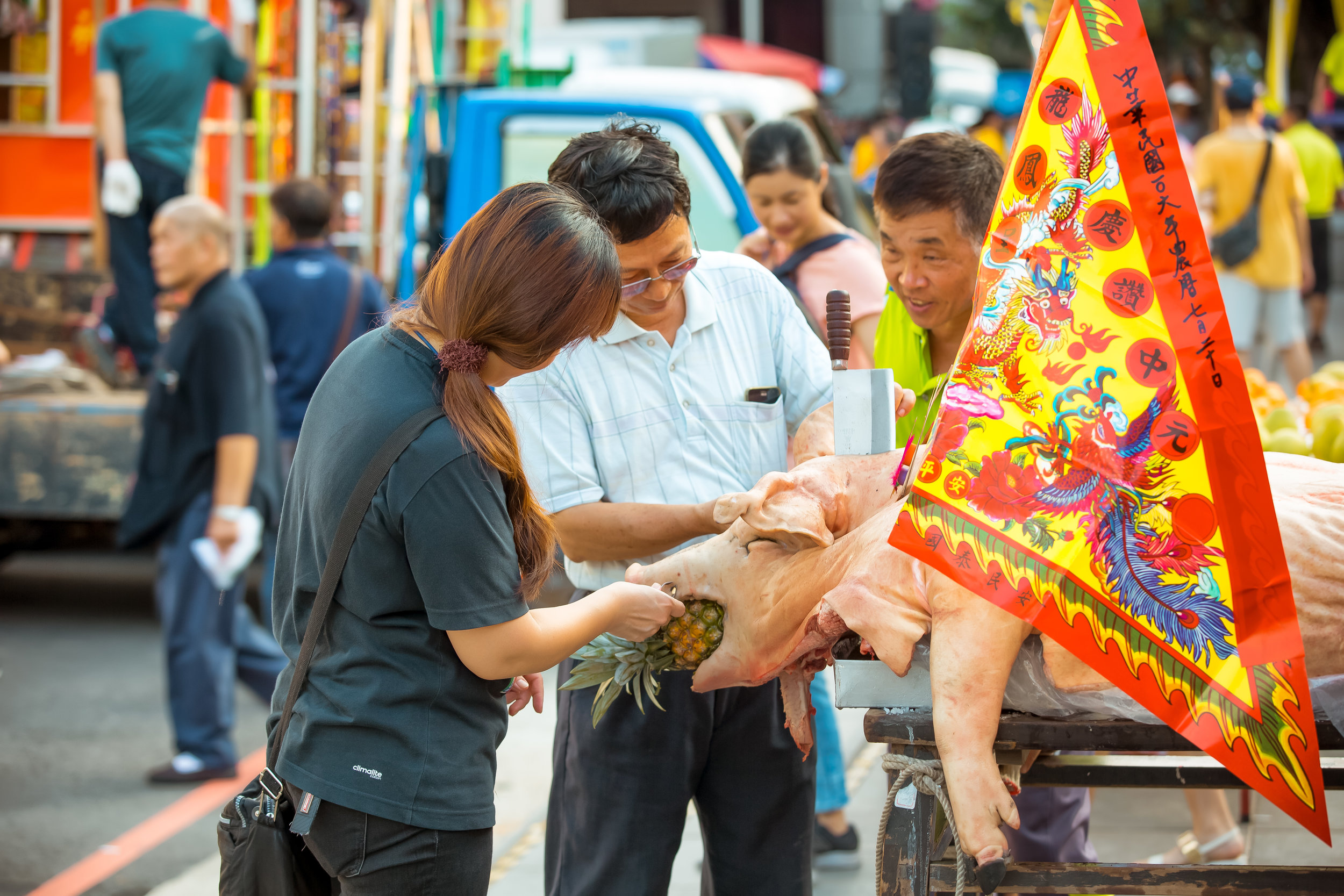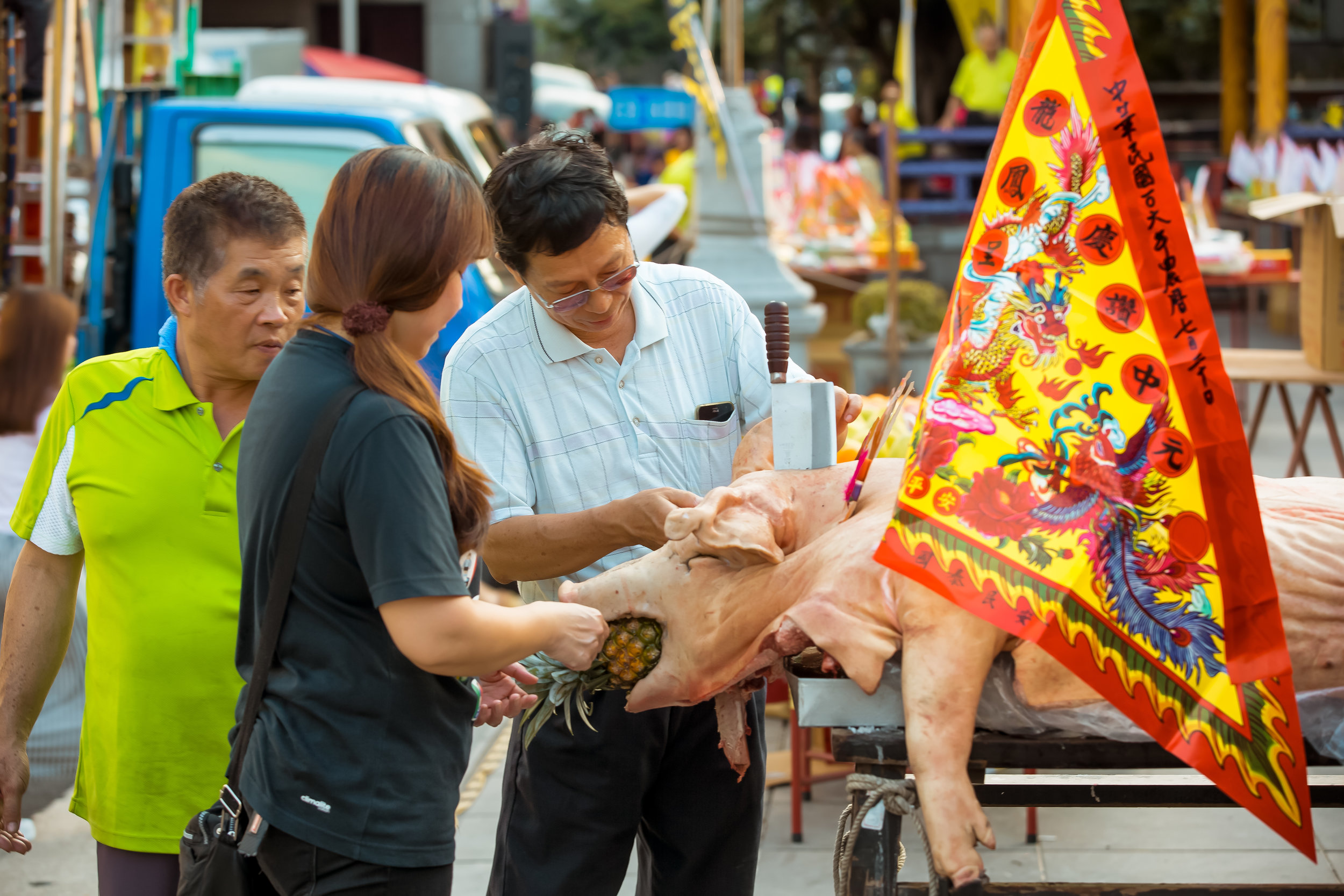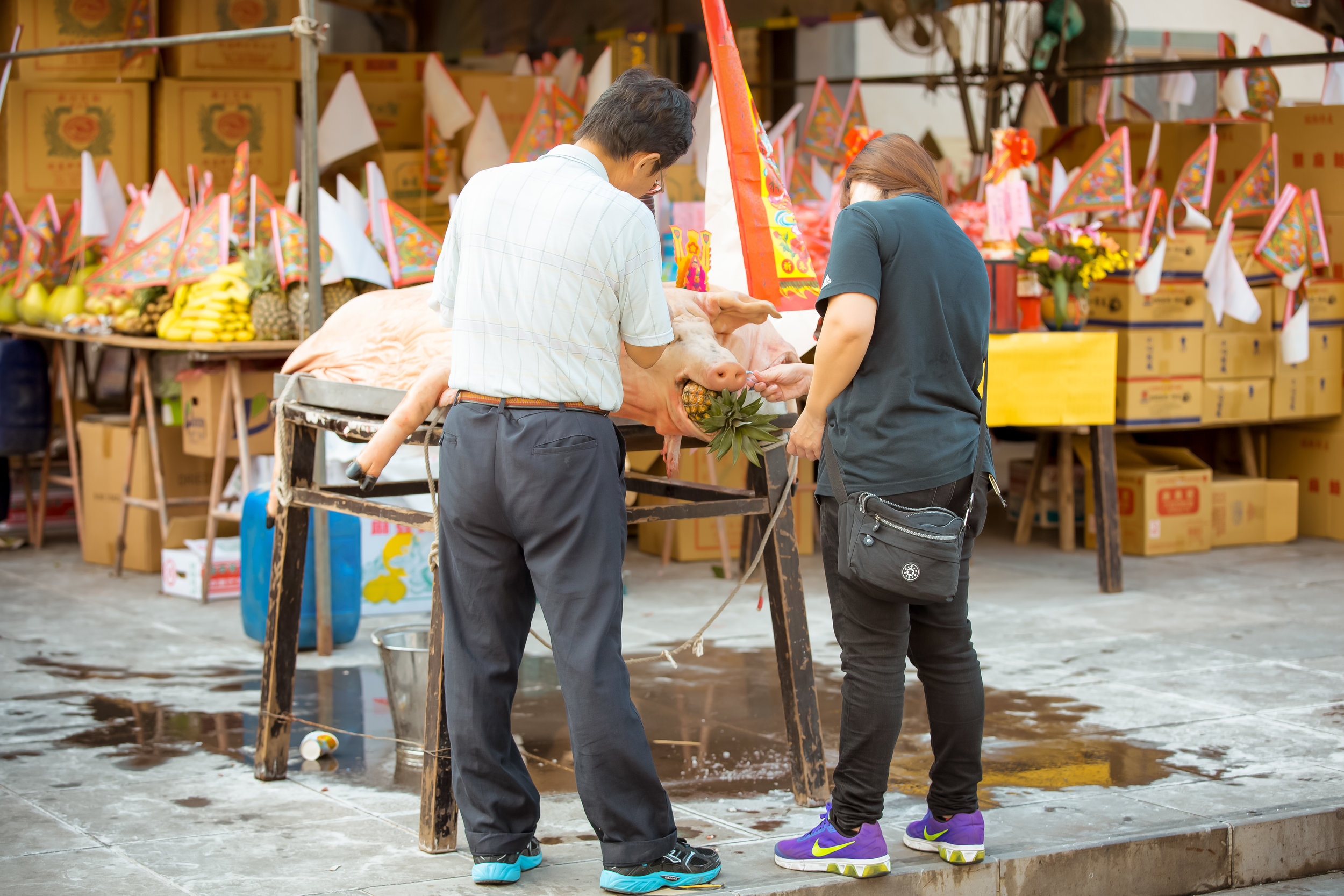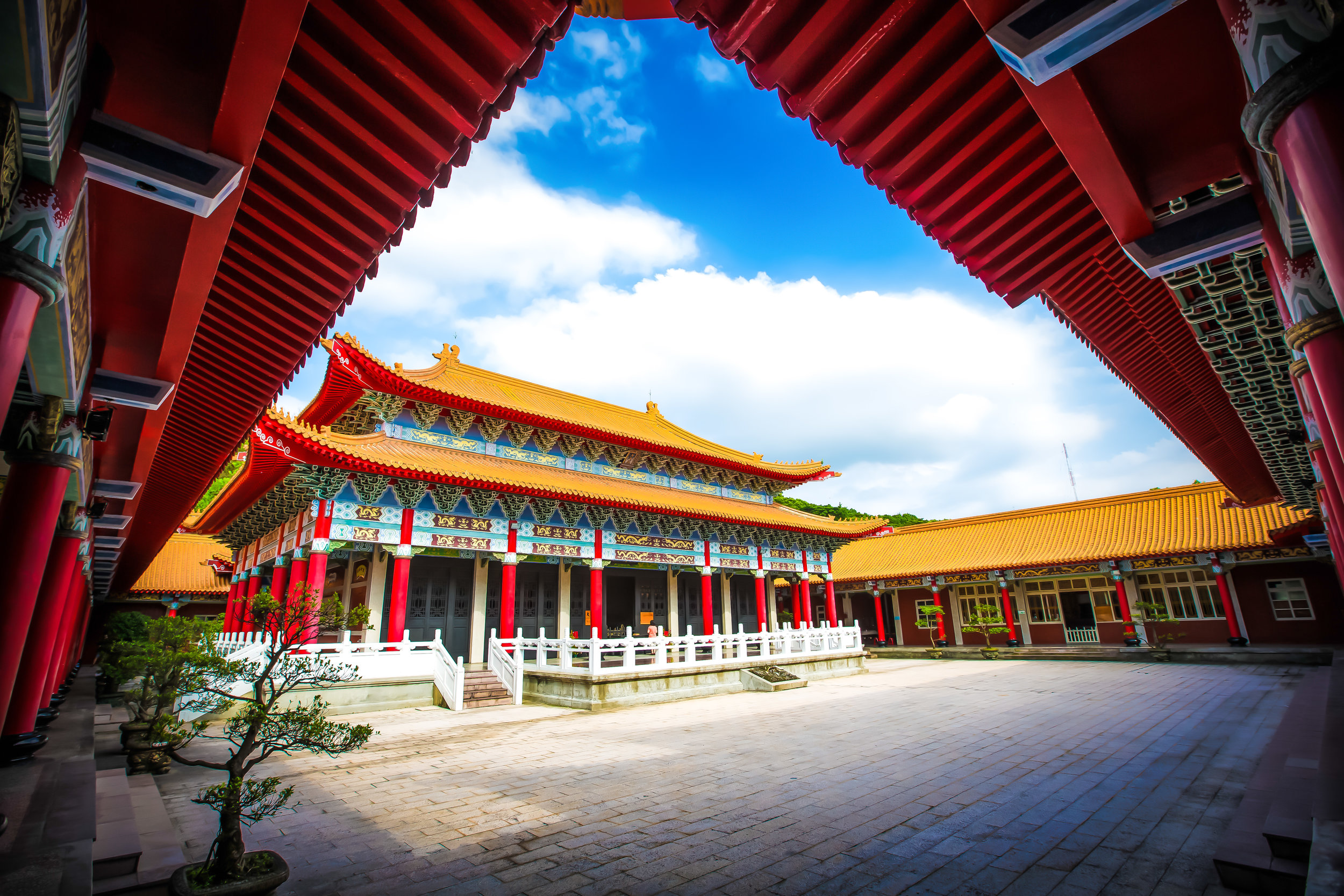One of my favourite summer activities in Taiwan is getting myself to some of the various waterfalls and swimming holes around the country for not only some photos but also some much needed exercise and swimming.
The cold mountain spring water in these waterfalls often makes for a perfect place to cool off during Taiwan’s sweltering summer days. Unfortunately not all of them are ideal for swimming and in some cases it takes quite a bit of time to get to them. Visiting a Waterfall however is always a great experience and taking photos of them always makes for a some pretty photography.
Last summer I blogged about quite a few waterfalls but so far this year I’ve been a bit quiet, despite having revisited a few of my favourites on several different occasions more for swimming than actual photography.
When it comes to waterfalls and blogging in Taiwan, I feel like I don’t really have a whole lot to add to the equation (save for my photos) with my blog posts as there already a couple of excellent resources with the Taiwan Waterfalls blog as well as the Follow Xiaofei blog.
Both bloggers do amazing work introducing Taiwan’s natural beauty to both the people of the country as well as foreigners. Their work not only includes blogging and photography but also a lot of logistic information that includes mapping them out and offering practical information freely to the public so that everyone can enjoy them.
Having valuable resources like this reduces the need for myself to go into too much detail when I blog about waterfalls while at the same time providing me with future locations to visit and take photos - As you can tell I’m a big fan of both of these bloggers and if you are unfamiliar with both of them, I recommend checking out both of their websites and spending more time out in nature!
The waterfalls I’m blogging about today are located here in Taoyuan and are two that I have wanted to visit for quite some time but have never found the time. Recently however they have become a bit popular on social media and seeing photos of them so often on Instagram and Facebook sort of forced my hand making me want to visit as soon as I could find the chance.
Part of the reason that held me back from visiting the waterfalls is that they are over a two-hour drive up the Northern Cross-Highway (北橫公路) meaning that a visit will require at least a four hour ride up into the mountains which usually wreaks havoc on your bum - That pain however is often soothed by the absolutely breathtaking beautiful mountain scenery that you get to see on the long winding road.
The two waterfalls are part of the same mountain river stream that flows directly into the larger Dahan River (大漢溪) that supplies fresh water to most of Northern Taiwan. The two waterfalls are of ten referred to in English as “The Water-Curtain Waterfall” (水簾洞) and the “Spirit Waterfall” (幽靈瀑布) but I’ll refer to them as “Shuiliandong Waterfall” and “Youling Waterfall” respectively and will introduce them briefly below:
Youling Waterfall (幽靈瀑布)
Youling Waterfall is the most difficult of the two waterfalls in the group to gain access to - Getting to the waterfall requires a bit of a river trace and I don't actually recommend most people even attempt it unless they are prepared to get wet and do a bit of dangerous tracing and rock climbing.
If you do decide to do the trace up the river you are rewarded with a large and beautiful waterfall in a beautiful gorge. Youling waterfall isn’t really a waterfall where you can do any swimming due to the small and shallow pool of water next to the falls but if you wanted to do some swimming you could easily do it in some of the pools on the way up to the falls.
Taking photos from the bottom of the waterfall can be a bit difficult as the amount of mist created by the falls in the small enclosed gorge creates a bit of difficultly for camera lenses that constantly have to be wiped off which is why whenever you see photos of these falls that there are always water spots all over the lenses. Photographers try their best but sometimes the forces of nature can be a bit difficult to control!
The falls can be viewed either from the bottom or the top, viewing from the bottom takes a bit of hard work but is extremely enjoyable. Viewing from the top is much easier and you are able to do it from the trail that takes you to Shuiliandong - Looking down however might make you feel a bit of vertigo if you try.
To be truthful, I wasn't really prepared for the river trace to the bottom of this waterfall. I figured it would be easy enough so I just dropped my camera bag and started heading up the river with my camera and tripod in hand. I almost lost my camera because of it when I slipped off of a rock and went barreling into a deep pool of water below me. Luckily my camera was saved thanks to some quick thinking!
Shuiliandong Waterfall (水簾洞瀑布)
Shuiliandong is probably the most popular of the two waterfalls and is the one that has become popular on social media lately. The “waterfall” isn’t actually a natural waterfall but a man-made structure that allows water to flow down the mountain in a controlled manner that doesn’t destroy the valley below - The water that flows over however is actually quite beautiful and makes for some great photos.
The trail that takes you from the parking lot above to the stream below Shuiliandong is quite easy to follow but if you want to get yourself up next to the falls you'll have to get your feet wet and cross the river and then climb over some rocks.
There is a small pool in front of the falls that could allow for people to get wet and enjoy some water, but it isn’t a place where you could actually do much swimming.
I’d personally just want to use it to cool off if I was visiting on a hot summer day.
Despite being man-made, Shuiliandong is actually quite beautiful and photogenic. It is easy to understand why the waterfall has become popular on social media lately - The photos turned out to be quite pretty which made the long trip up the mountains worthwhile.
If you find yourself on a trip along the Northern Cross Highway between Taoyuan and Yilan or if you're just up in the area visiting the beautiful Lalashan Mountain Reserve (拉拉山風景特定區) it is quite easy to stop off near the entrance of the park and go check out these waterfalls. They are however quite far up in the mountains and not the most accessible waterfalls to get to, so make sure you plan well in advance if you are taking a trip to see these!
Map Location
Getting to the waterfalls is quite easy - Just follow the Northern Cross Highway until you get to Lalashan. When you are close to the entrance there is a small road that veers off to the right. Follow it until you reach a small indigenous village where you will find signage leading you to the trailhead. For a much more detailed explanation and interactive map click the links below.
Gallery / Flickr (High Res Shots)


